








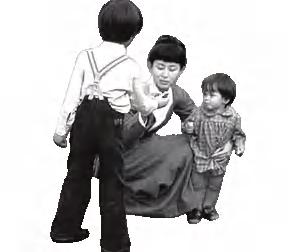

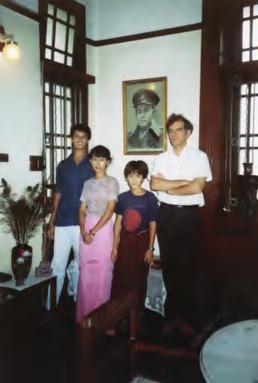






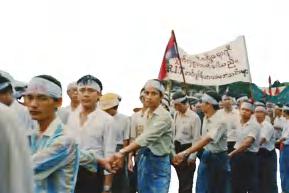













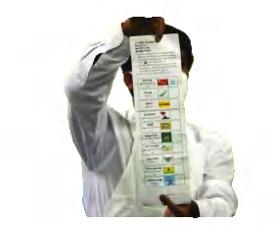




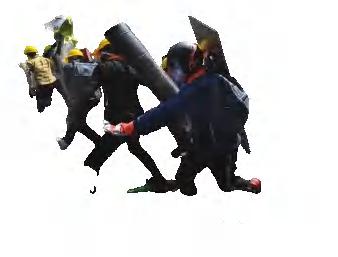

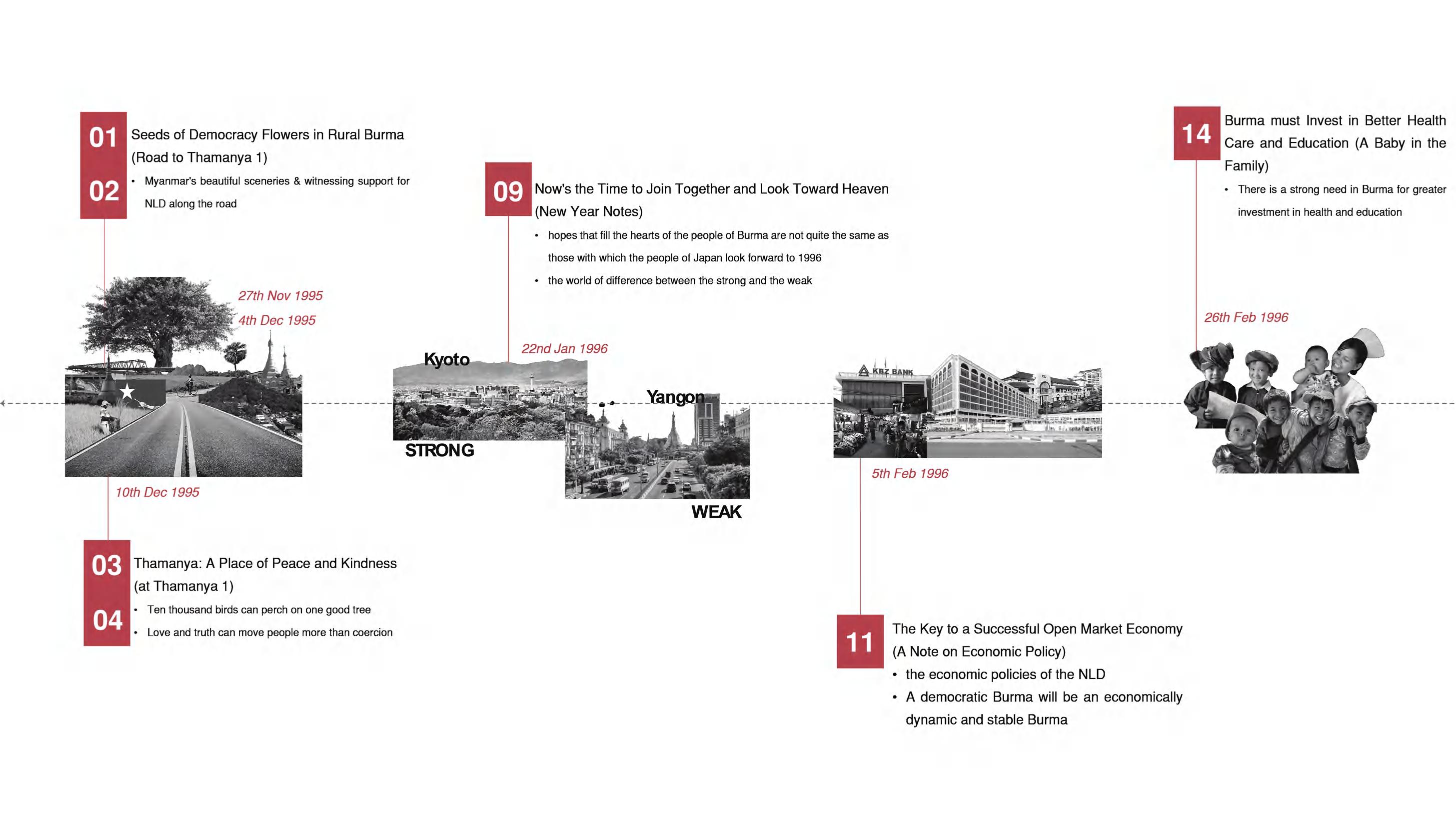
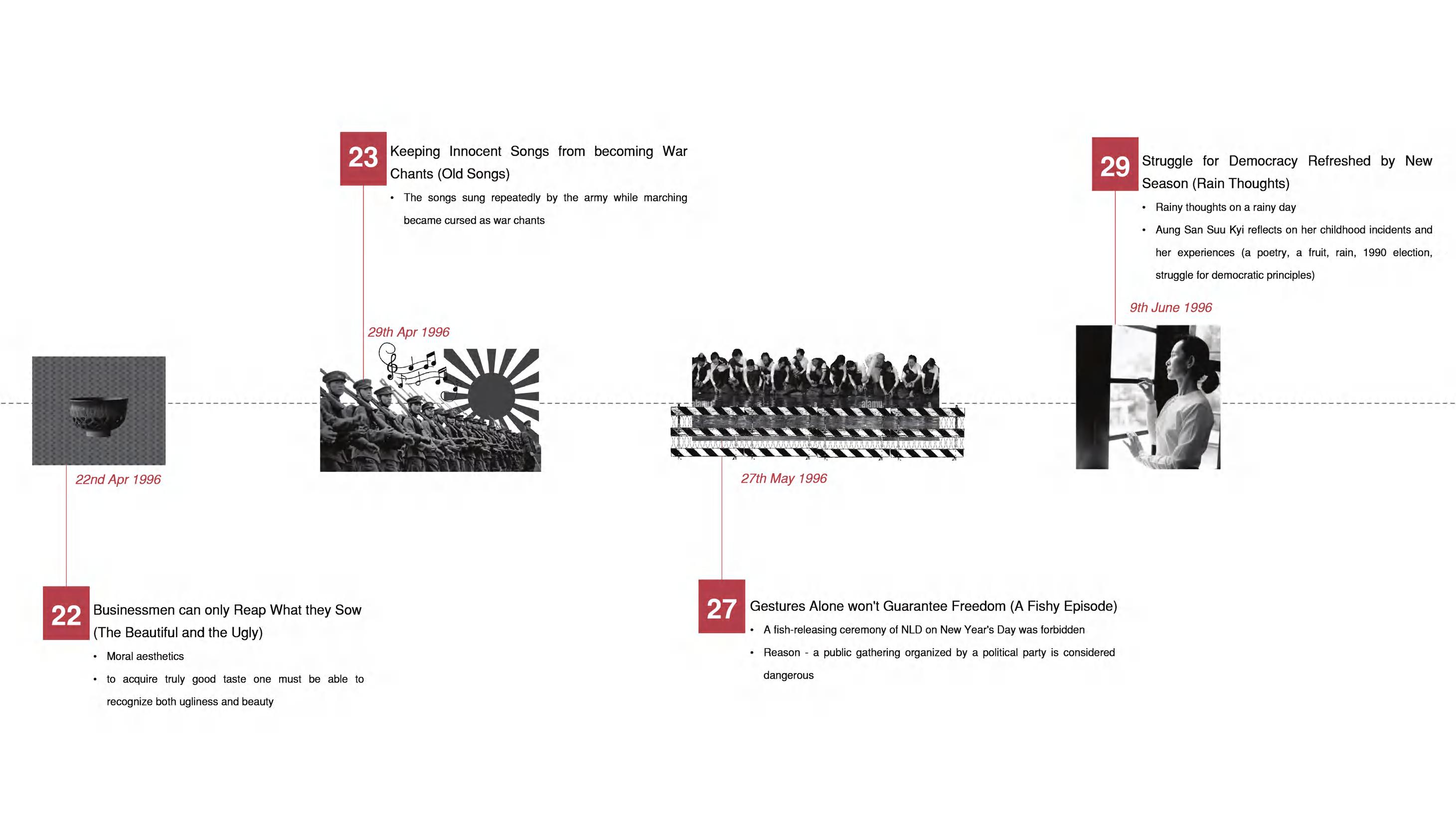


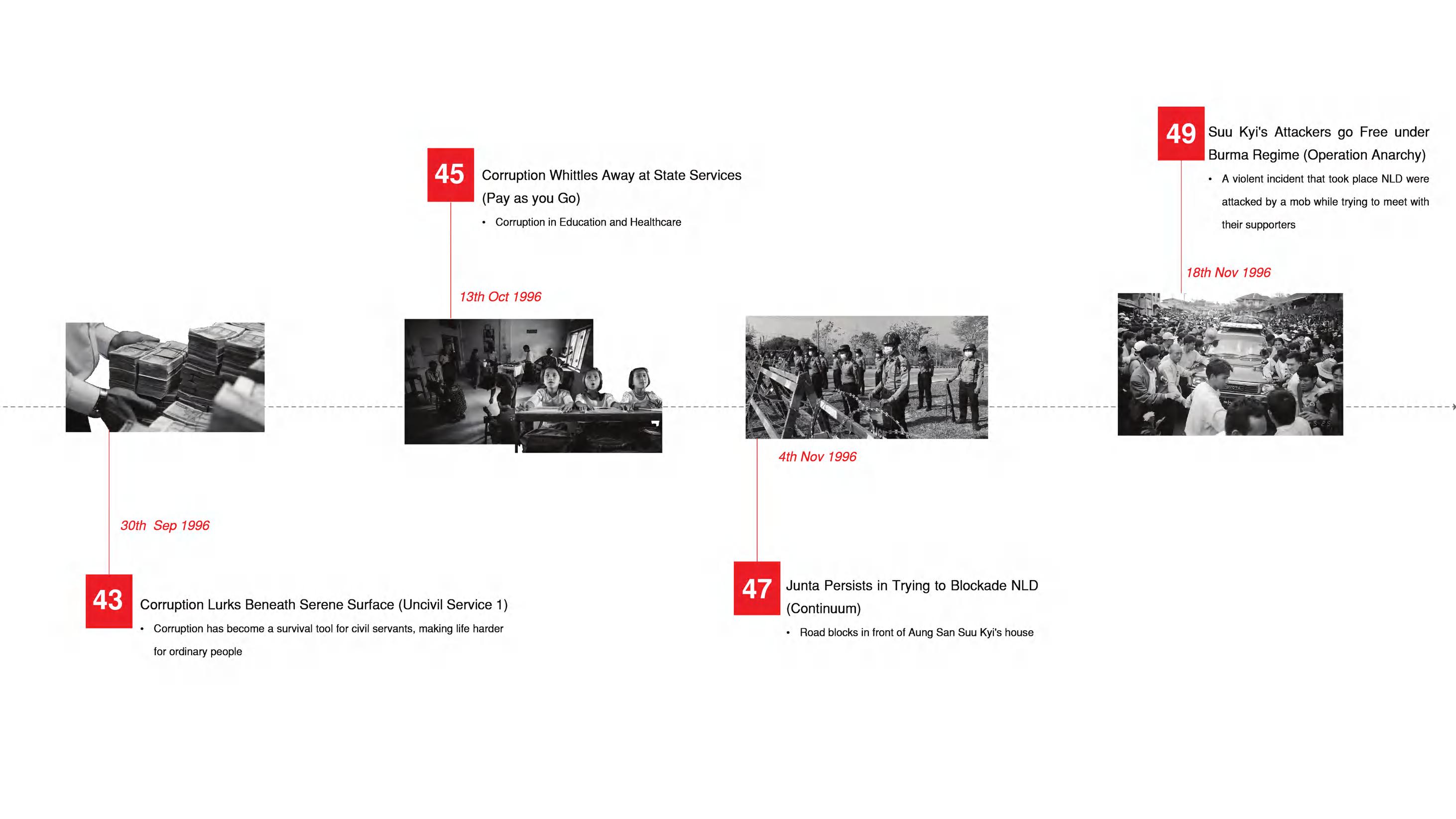


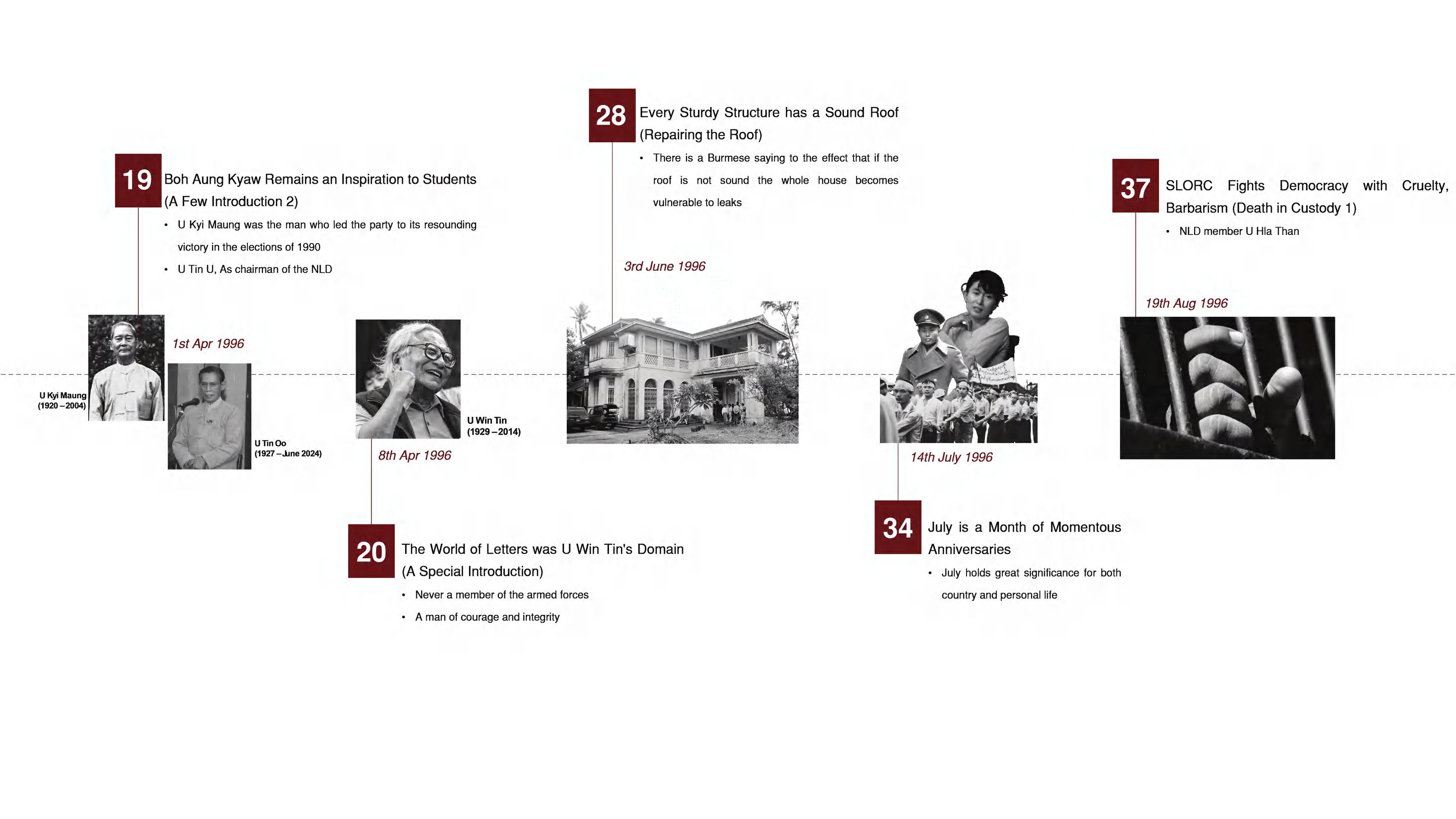
















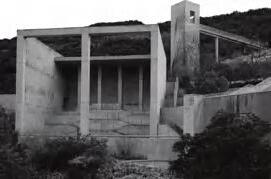



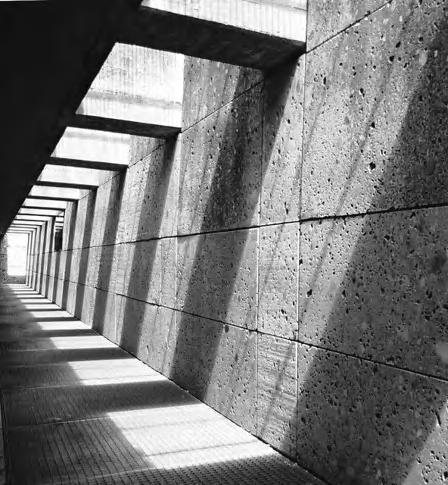
SPATIAL RELATIONSHIPS

SPACE WITHIN A SPACE
• The contained space can change in orientation and form
• For higher attention value, as a free-standing object or to indicate a functional difference

ADJACENT SPACES
• Clear difference in size is necessary
INTERLOCKING SPACES
Larger space lose its impact

Limit visual and physical access
Shared equally Merge with one of spaces Link two original spaces
SPACES LINKED BY A COMMON SPACE
Equal in shape and size
Appear as free-standing object

High degree of visual and spatial continuity
Linear in form to link spaces that have no direct relationship
Single volume of spaces which are divided into two related zones

Become dominant and organize spaces
Form – formed by forms and orientations of two spaces being linked
SPATIAL ORGANIZATIONS

CENTRALIZED ORGANIZATION
A stable, concentrated composition – consists of several secondary spaces grouped around a large dominant central space
Central space – regular in form and large to gather secondary spaces
• Form – non-directional
• Entry – specified by site or one of secondary spaces as entrance form
• Circulation patterns within – radial, loop or spiral in form
LINEAR ORGANIZATION
Consists of a series of spaces
Directly related to one another Linked through as separate and distinct linear space
• Linking and organizing spaces along its length
• As a wall or barrier to separate
• Surrounding or enclosing spaces within a field of space
• Express direction, movement, extension and growth
• Can be terminated by a dominant space or form
CLUSTERED ORGANIZATION

Repetitive spaces Share common shape Organized by an axis
Clustered about an entry Grouped along a path A loop path
Centralized pattern Clustered pattern
Within a space Axial conditions (symmetrical)
RADIAL ORGANIZATION
• Combinations of elements of both centralized and linear organizations
• Extend from a dominant space
GRID ORGANIZATION
• Radiating arms can also differ from one another to respond to their individual requirements of function and context
Space – occurs as isolated events or as repetitions
Space – subtracted, added to or layered
Grid – irregular in one or two directions, create hierarchical set of module
ORDERING PRINCIPLES
TERMINATING ELEMENTS

Vertical planes
Points in space
SYMMETRY

symmetry
Well-defined spaces

• A random organization of dissimilar elements

TRANSFORMATION
RHYTHM/ REPETITION
• The use of recurring patterns to organize a series of like forms or spaces
DETAIL CHARACTERISTICS
• The visual characteristics shared SIZE
• Group elements in a random composition according to their closeness or proximity to one another
CIRCULATION ELEMENTS
BUILDING APPROACH
FRONTAL
OBLIQUE
• Leads directly, along a straight, axial path
SPIRAL

• Can be redirected one or more times to delay and prolong the sequence of the approach

PATH – SPACE RELATIONSHIPS
CONFIGURATION OF THE PATH
LINEAR – straight path, can be primary organizing element for a series of spaces or can be curvilinear or segmented, intersect other paths, have branches, or form a loop.
RADIAL – paths extending from or terminating at a central, common point
SPIRAL – single, continuous path originates from a central point, revolving and becoming distance from the starting point
GRID – two sets of parallel paths that intersect at regular intervals and create square or rectangular fields of space
NETWORK – consists of random paths that connect established points in space
COMPOSITE – a combination of above patterns, a hierarchical order among the paths can be achieved by difference in scale, form and length
PASS BY SPACES
• Path is flexible
• Mediating spaces – to link the path with the spaces
• Prolongs sequence of the approach
• Emphasizes the 3-dimensional form of a building
• Entrance – might be viewed intermittently during the approach or hidden until the point of arrival
PASS THROUGH SPACES
• Pass through space, axially, obliquely or along the edge
• Create pattern of rest and movement within space
TERMINATE IN A SPACE
• Used to approach and enter functionally or symbolically important spaces






































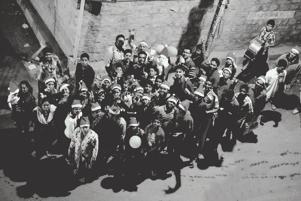
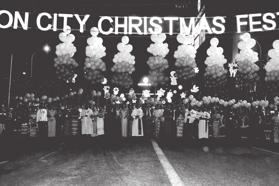



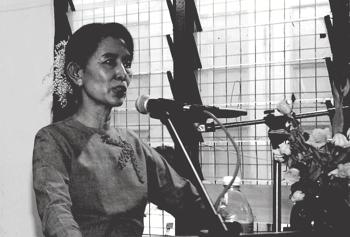

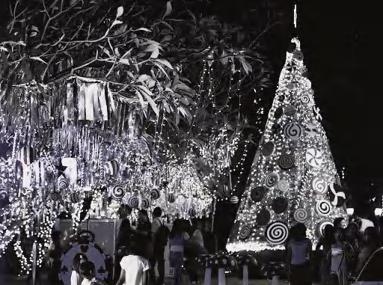






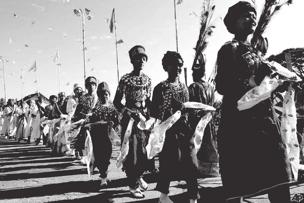
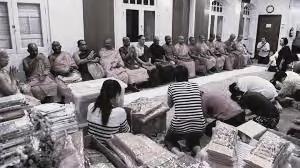






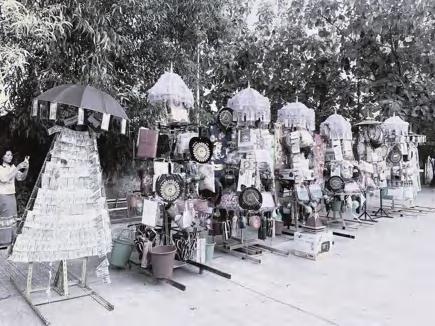







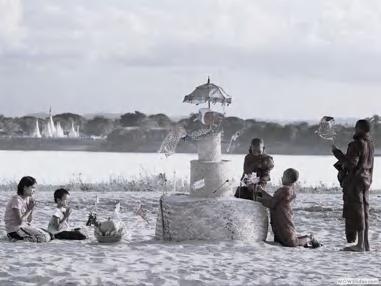
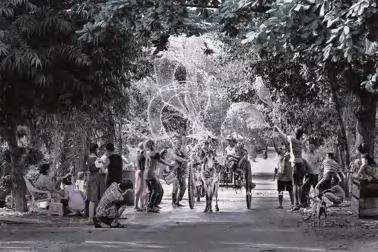








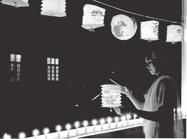
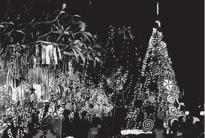













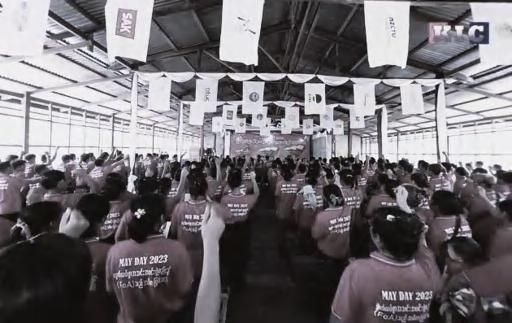

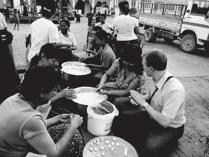







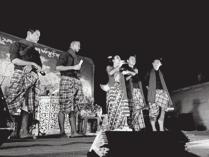
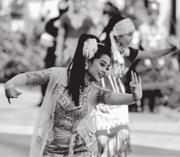
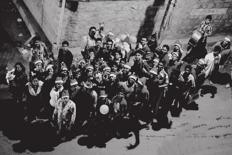
















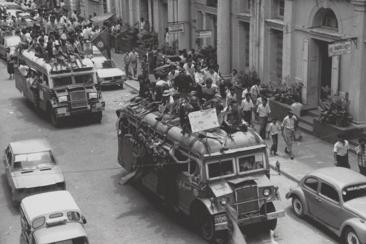










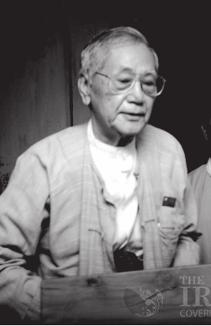






















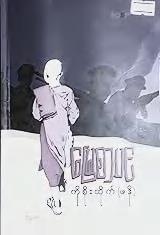
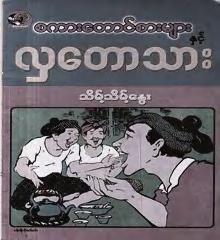

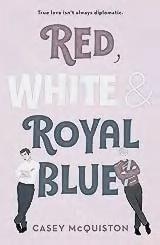
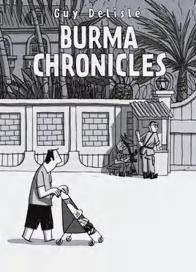






















































































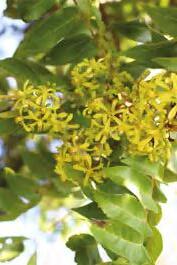












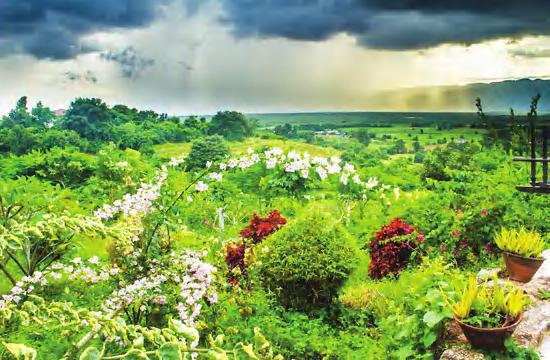


















































































































































































































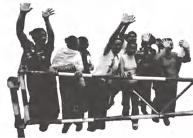




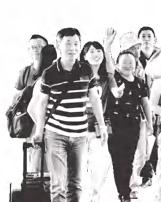
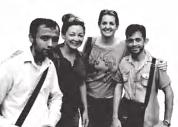






















































































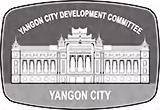



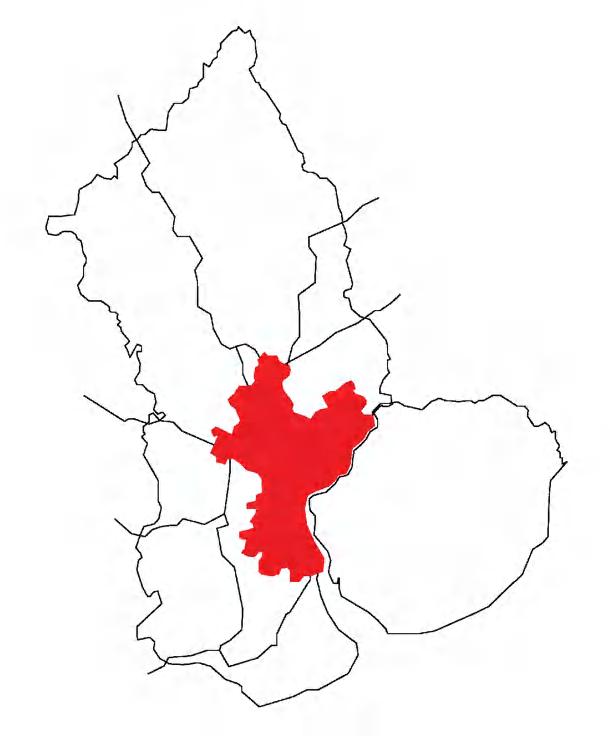
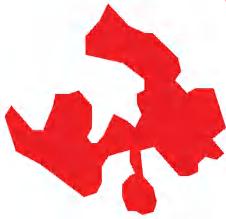
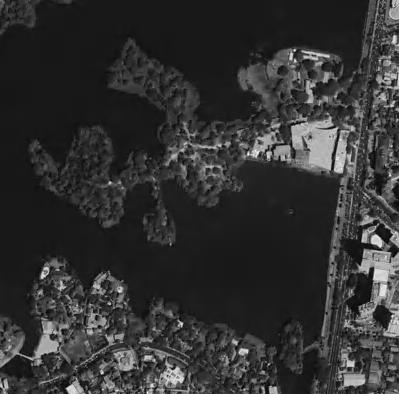


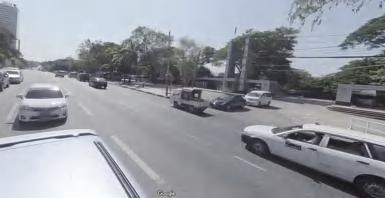


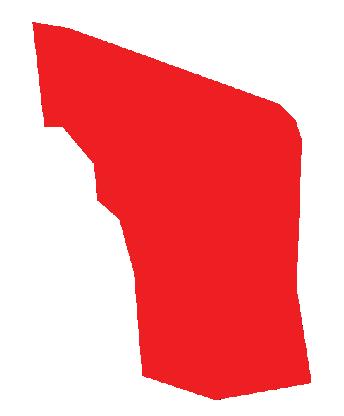
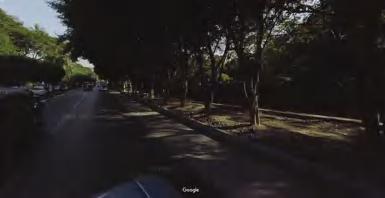




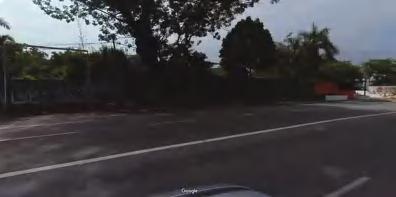



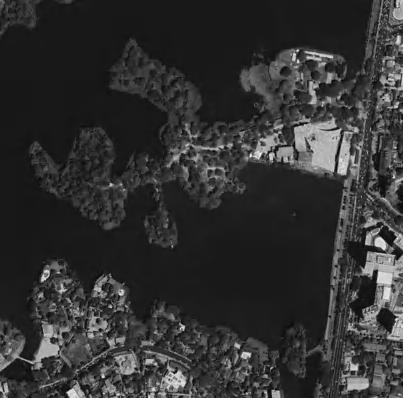

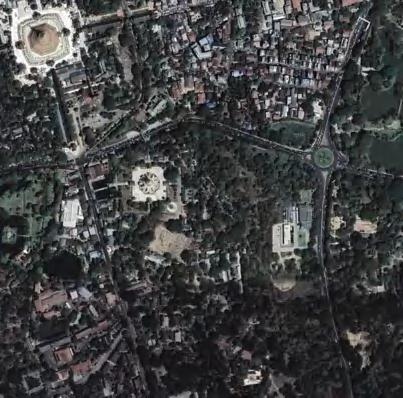
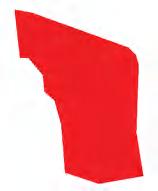
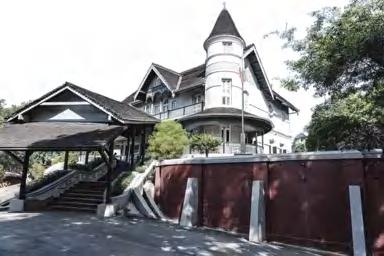

•
•

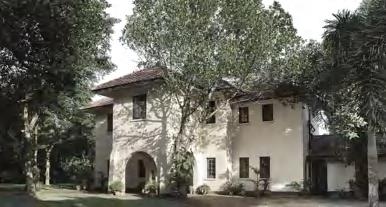





















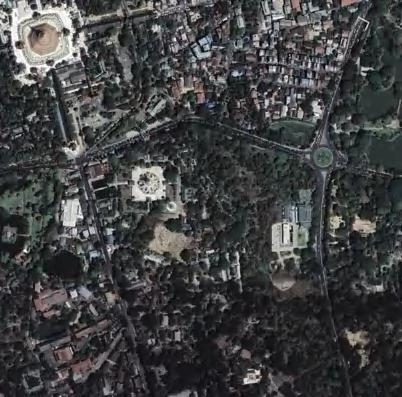

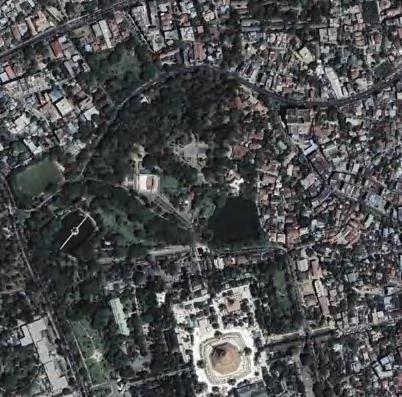

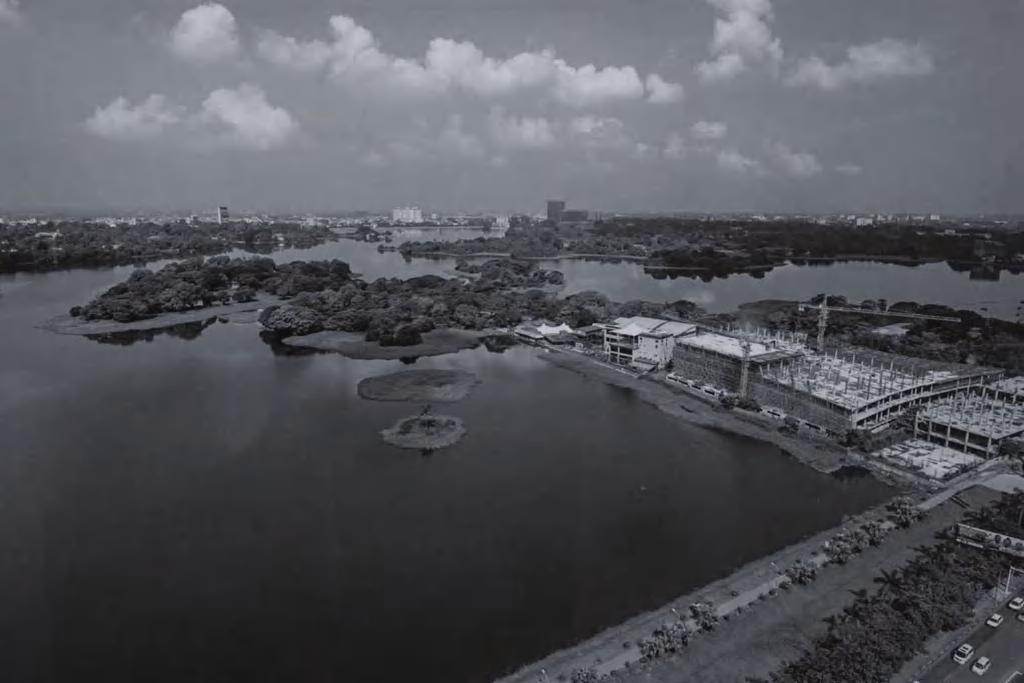

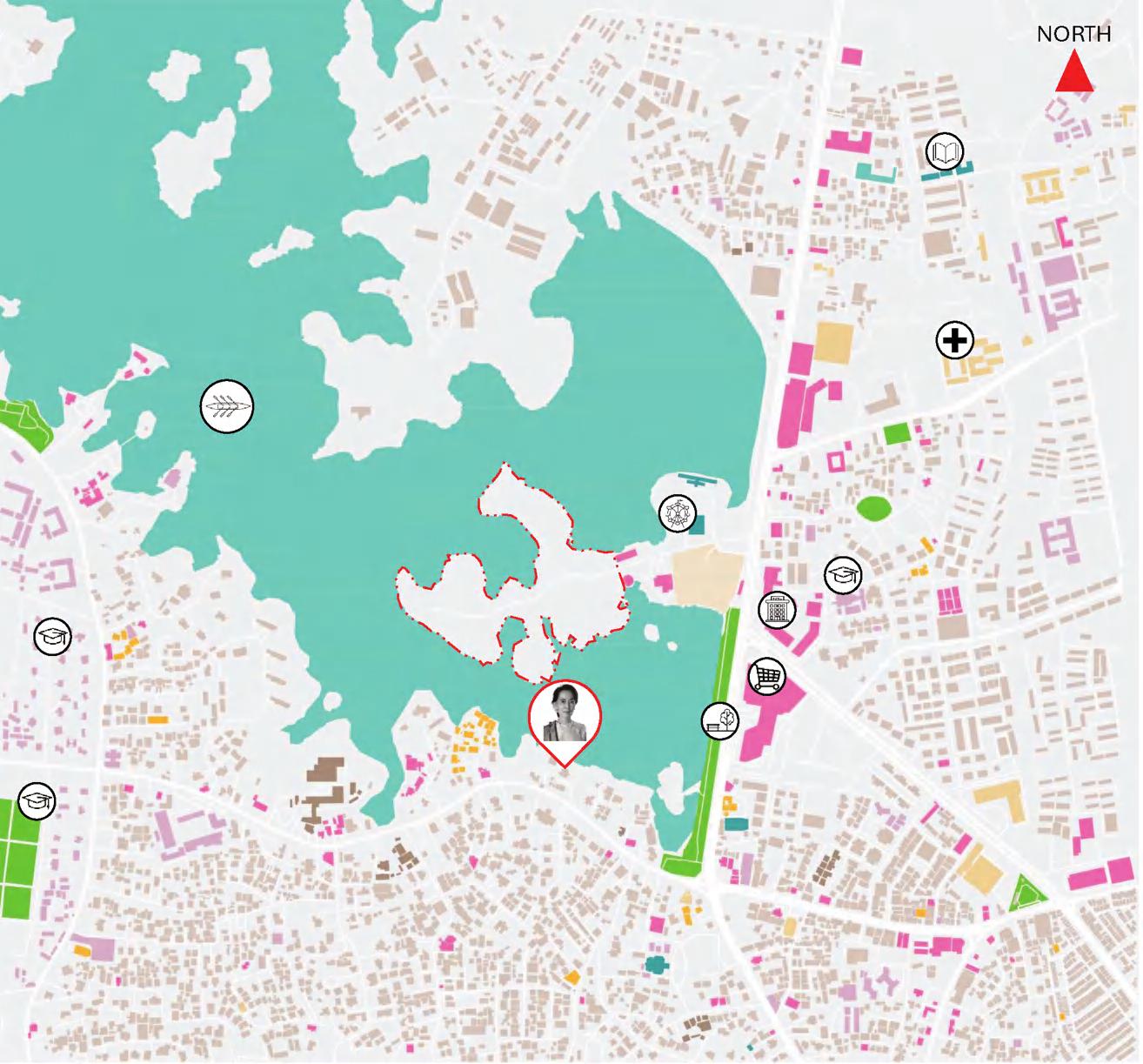










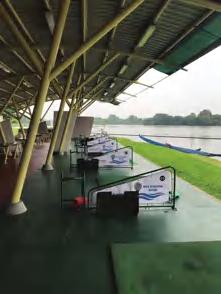









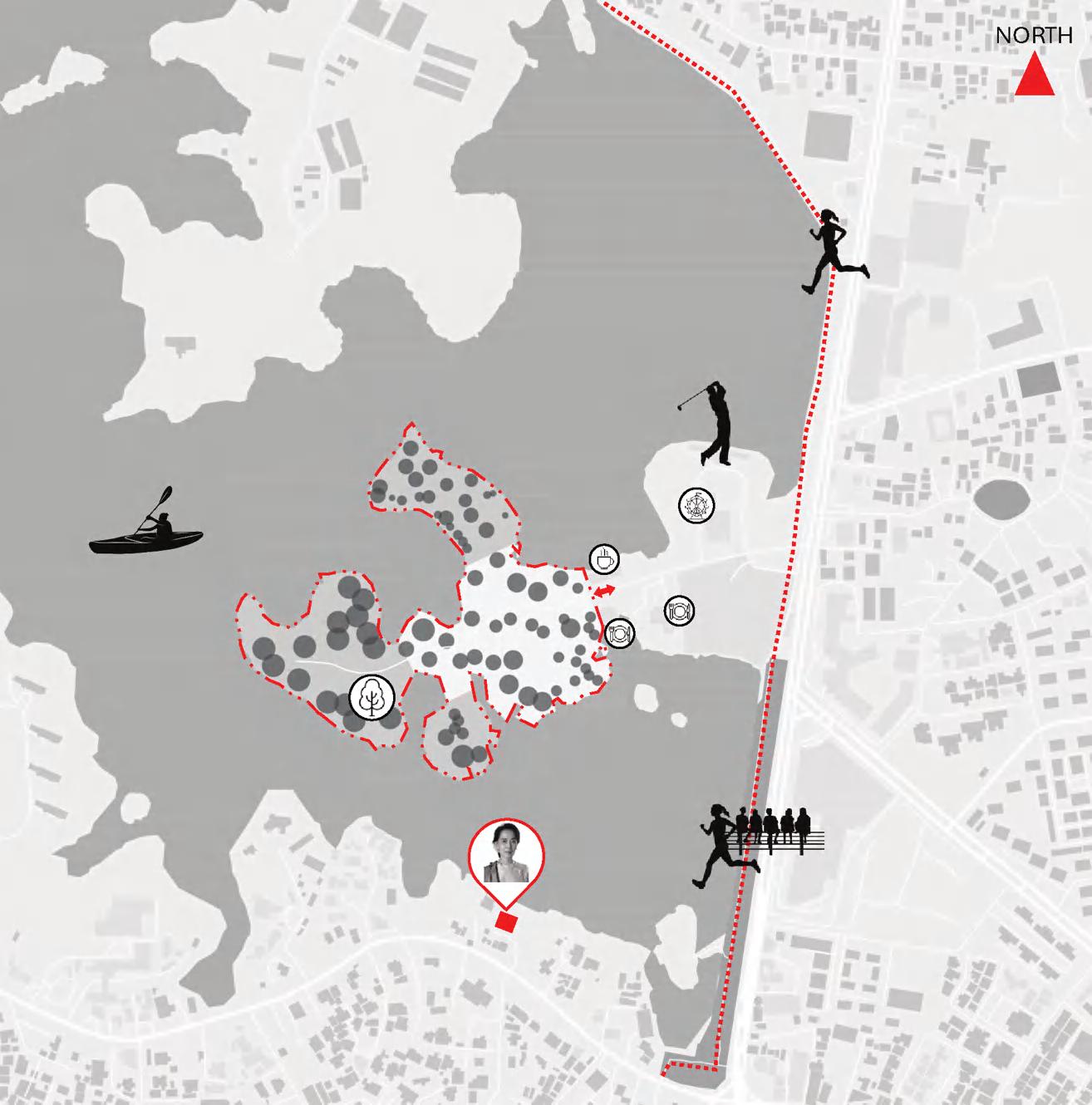

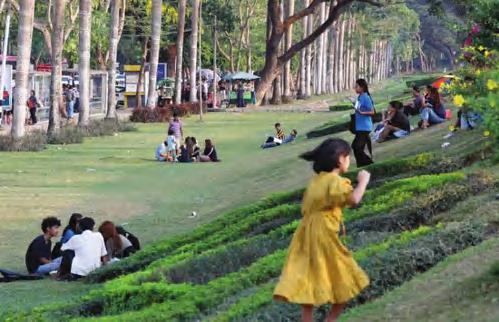






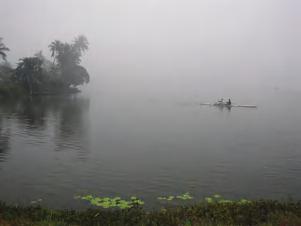


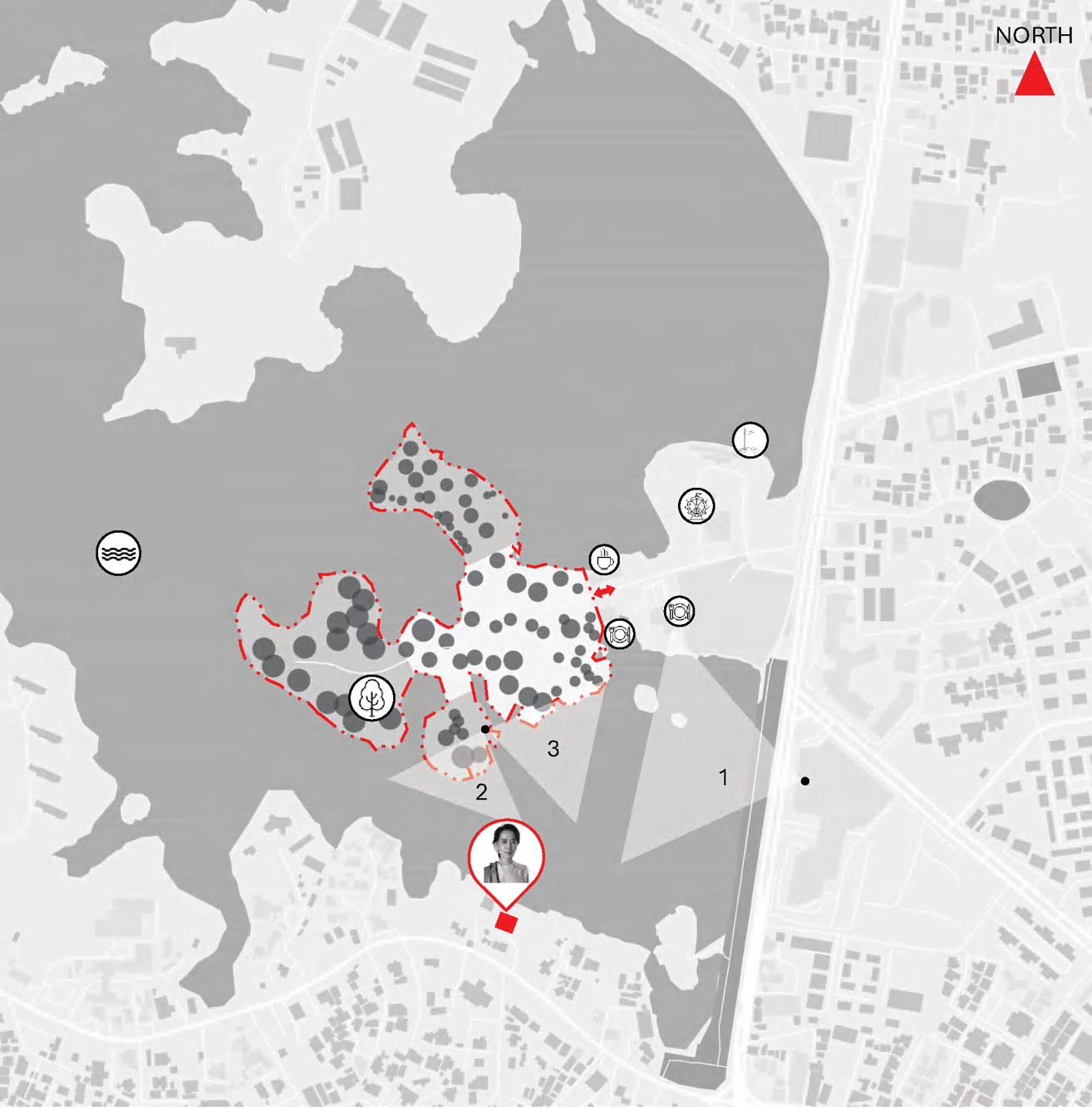
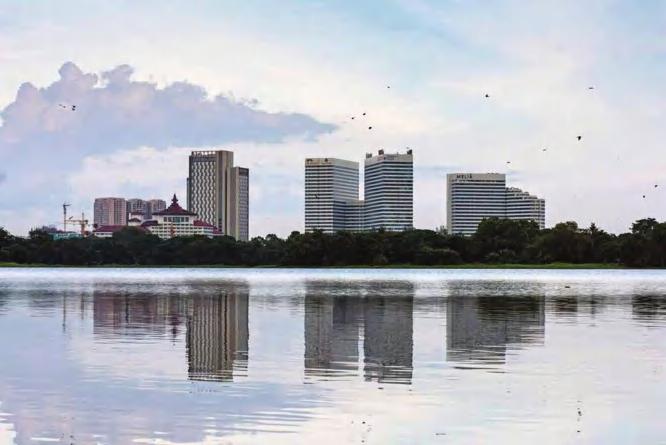


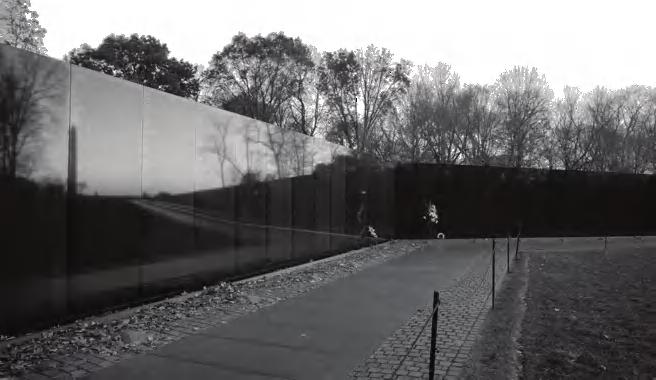


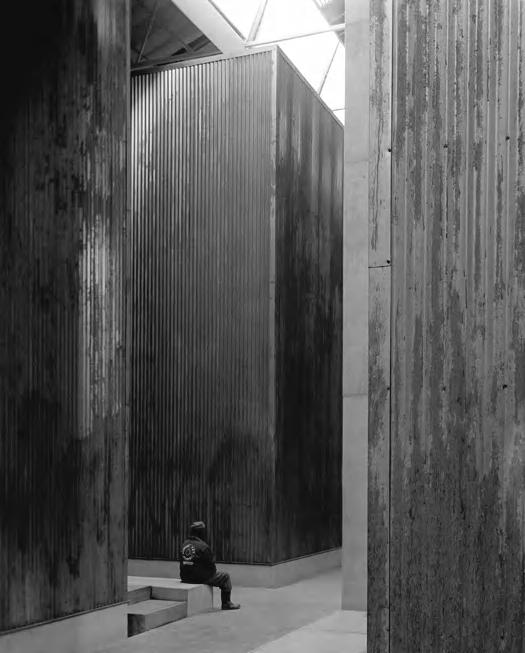
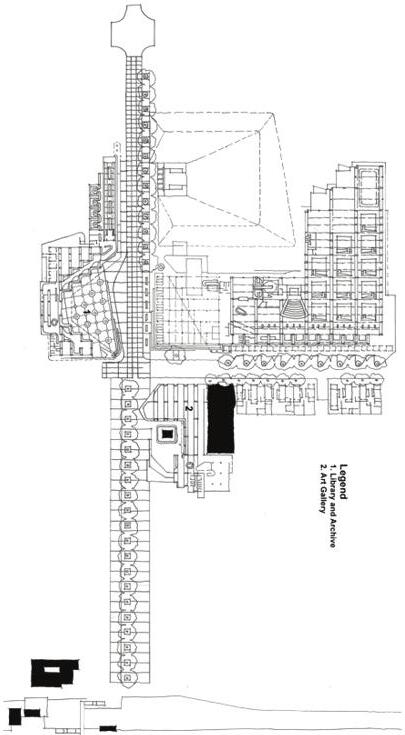




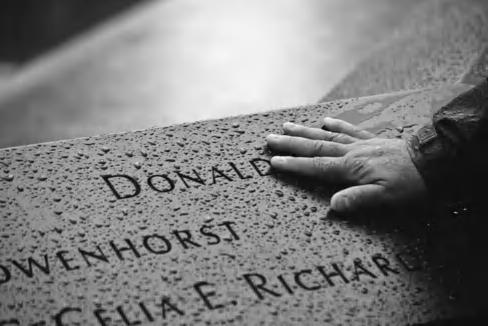


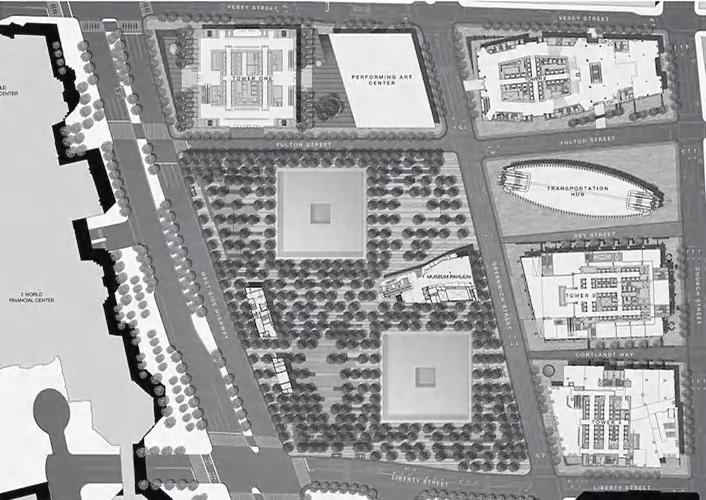
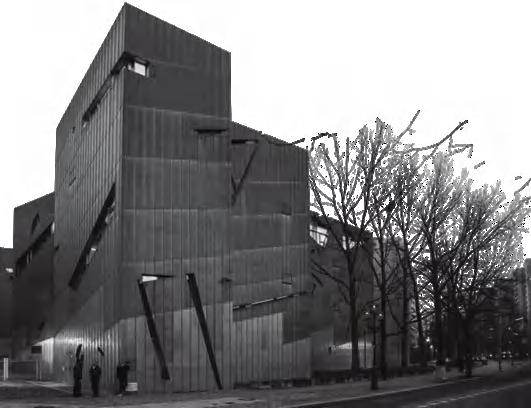


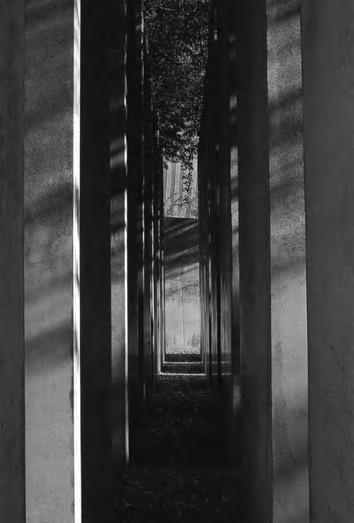


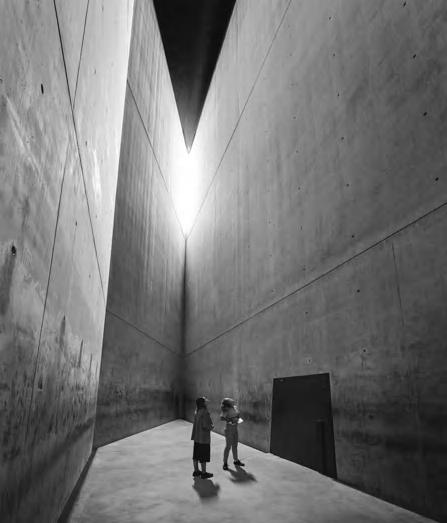



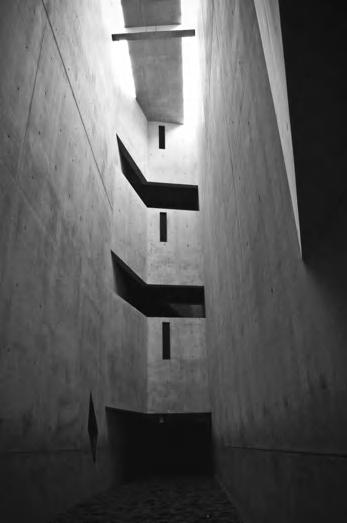




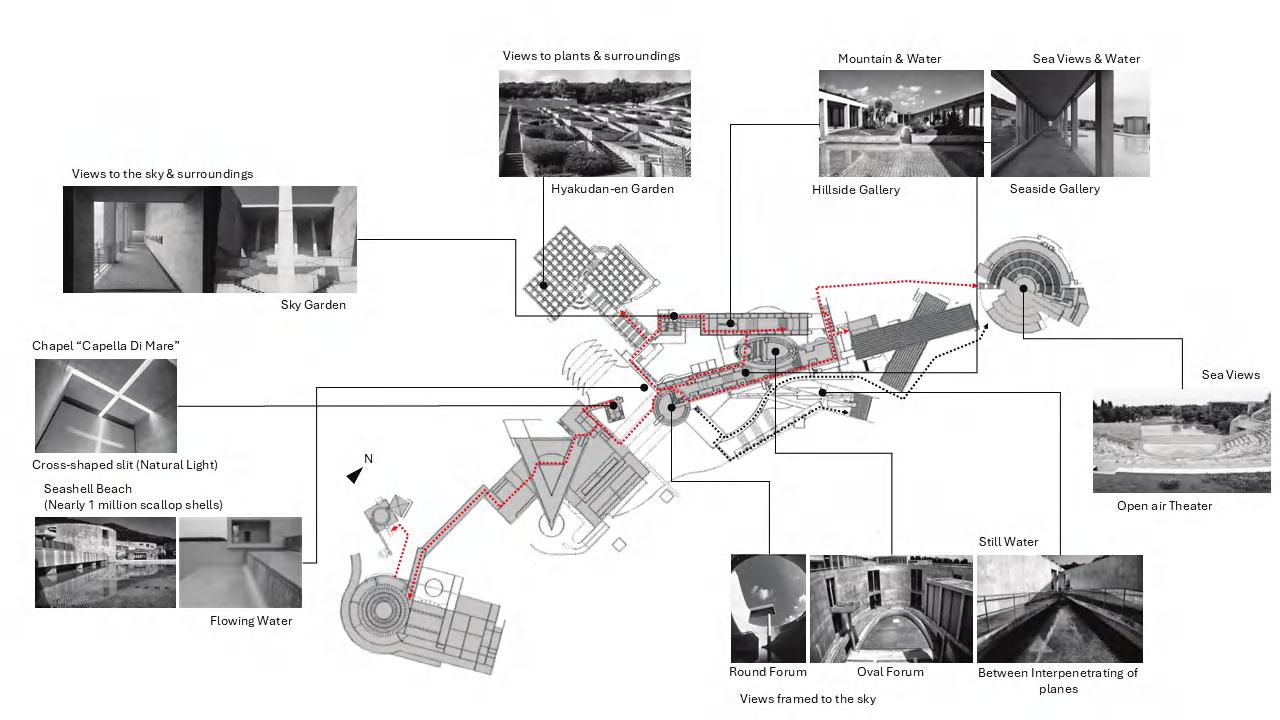

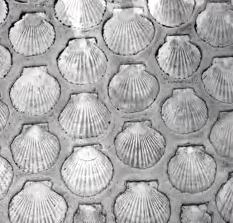



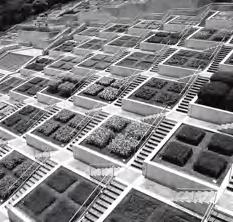

• Larger scale to overwhelm and impact on experience
• Human scale for comfortableness

• Relatable to experience
• Symbolic (Metaphor)

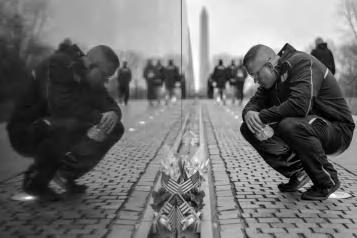
• Reflective surfaces to make individual connection to person
• Relatable materials to bring back the experience
• Integrating materials from surrounding


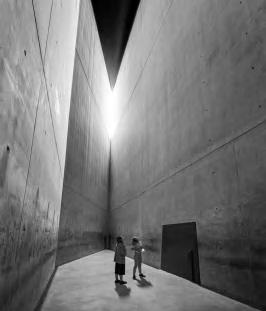



NATURAL & TEMPORAL ELEMENTS
SEQUENCE OF SPACES
• Receive natural light (feeling of positivity)
• Have lower natural light to convey stress and oppression


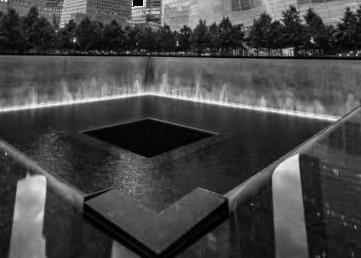
Light
Sound of water
Scent of flower


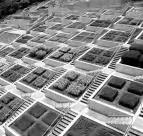
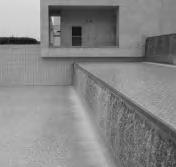

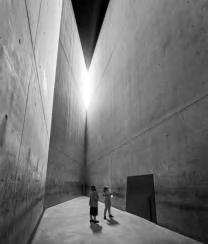
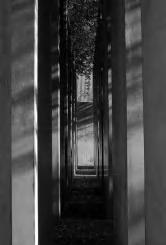
Still Water
Flowing Water
Flowering plants
• Natural elements such as water, light and plantation, sound of water and scent of flower to bring tranquility environment and sacred purity
• Pass by spaces, flexible, and create pattern of rest and movement within space
• Path leading different height, shapes, open and enclosed areas to experience various spatial experience
• Create pattern of rest and movement within space to enjoy the spatial experience and natural elements
• A linear path leads the way through spaces to tell the story
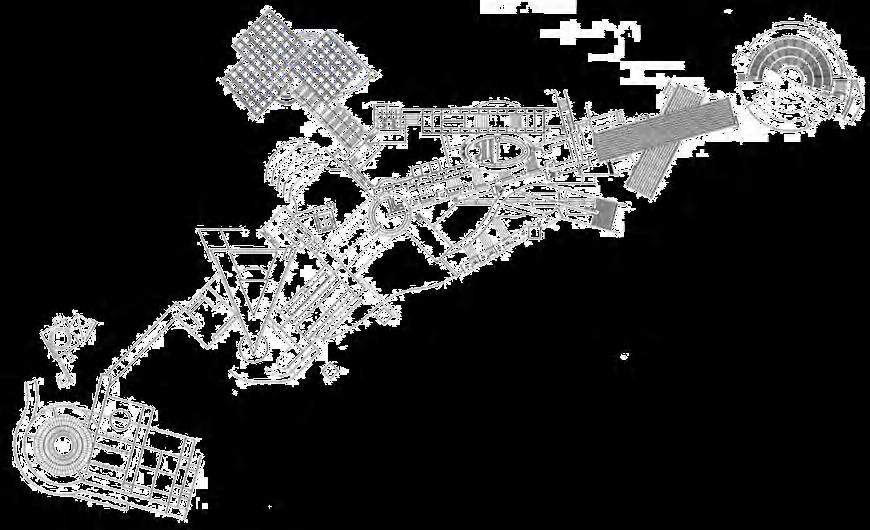
A linear path, an organizing element for a series of spaces, intersect other paths, have branches to tell the history of Holocaust
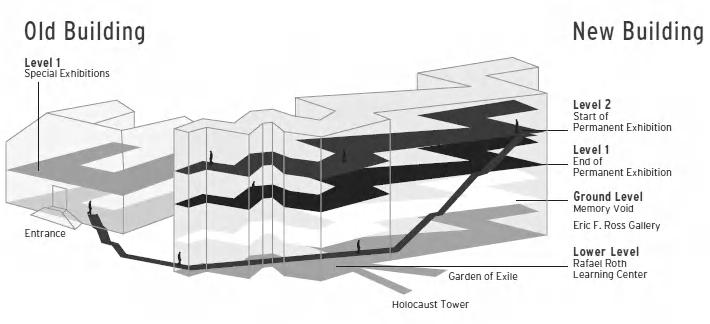


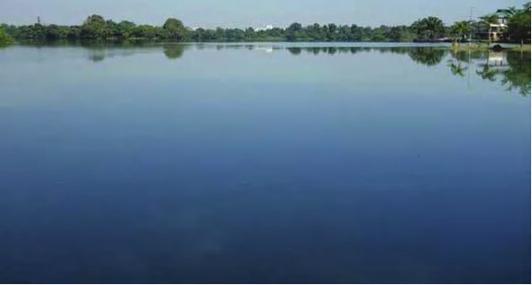
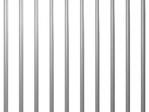










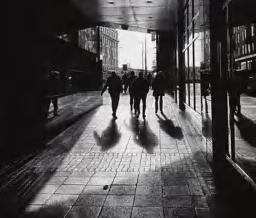























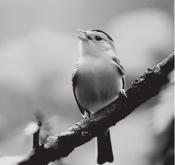






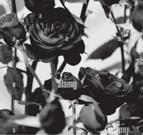










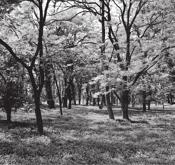










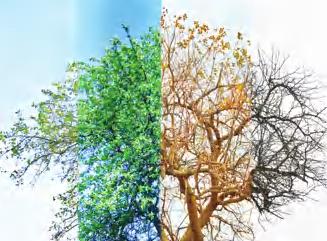










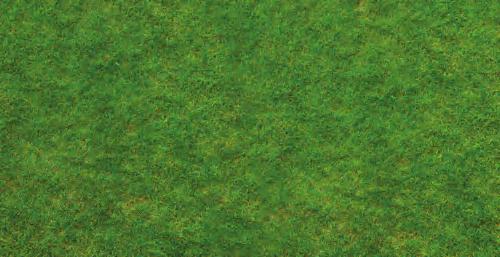














































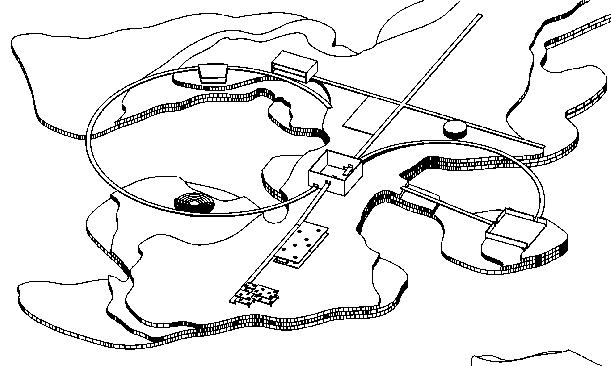

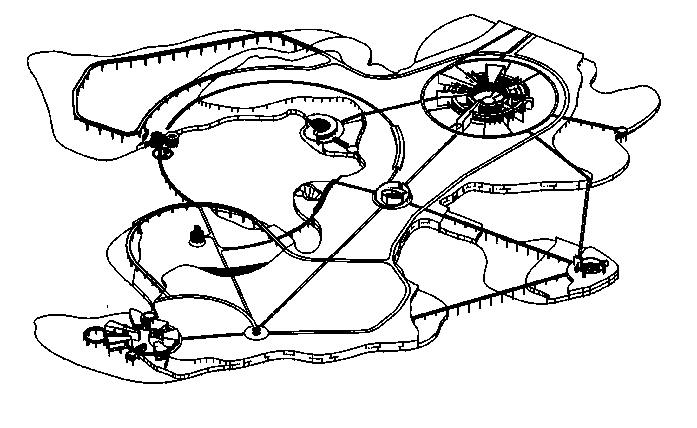






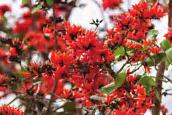








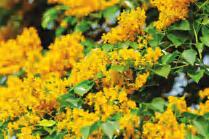








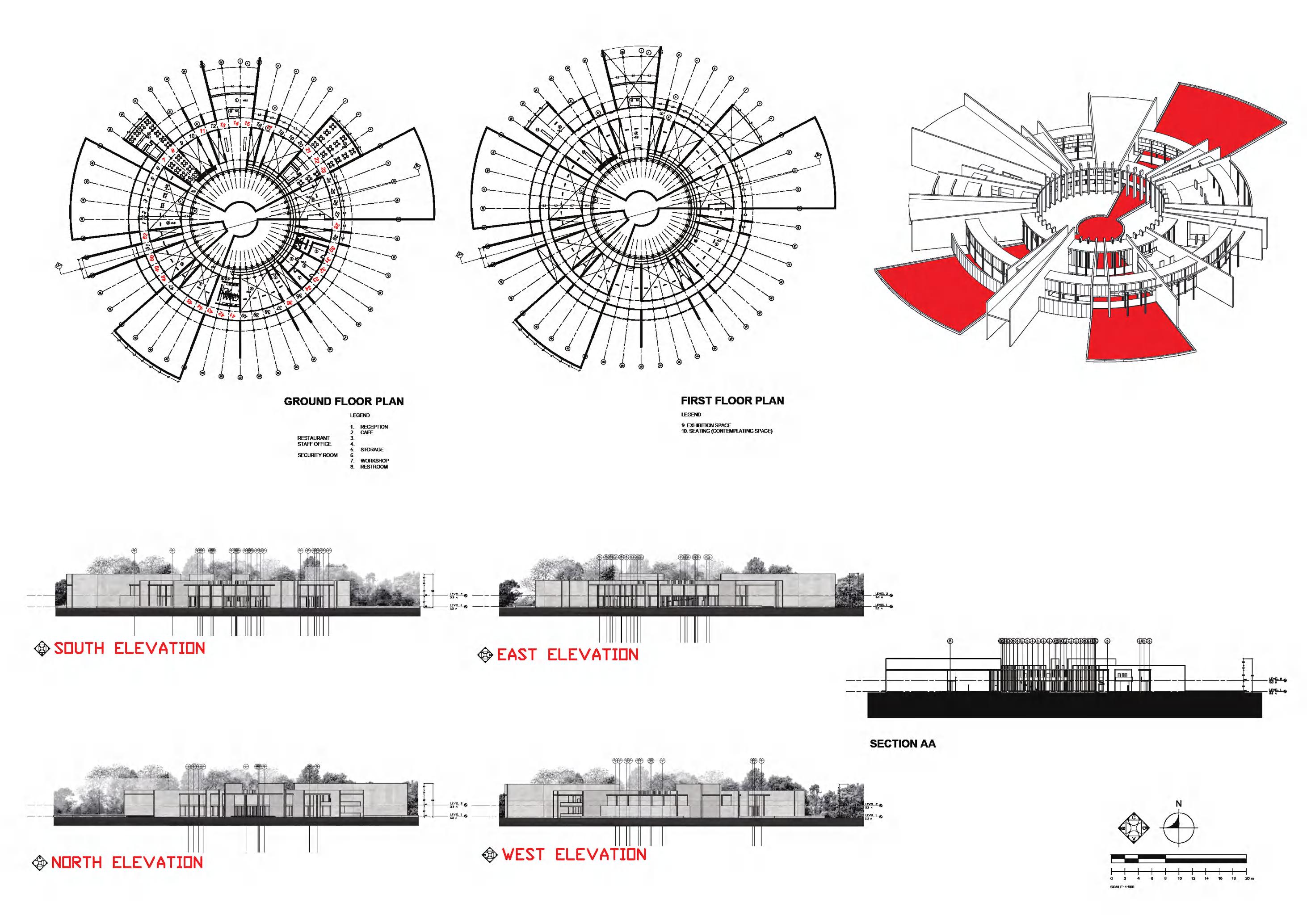
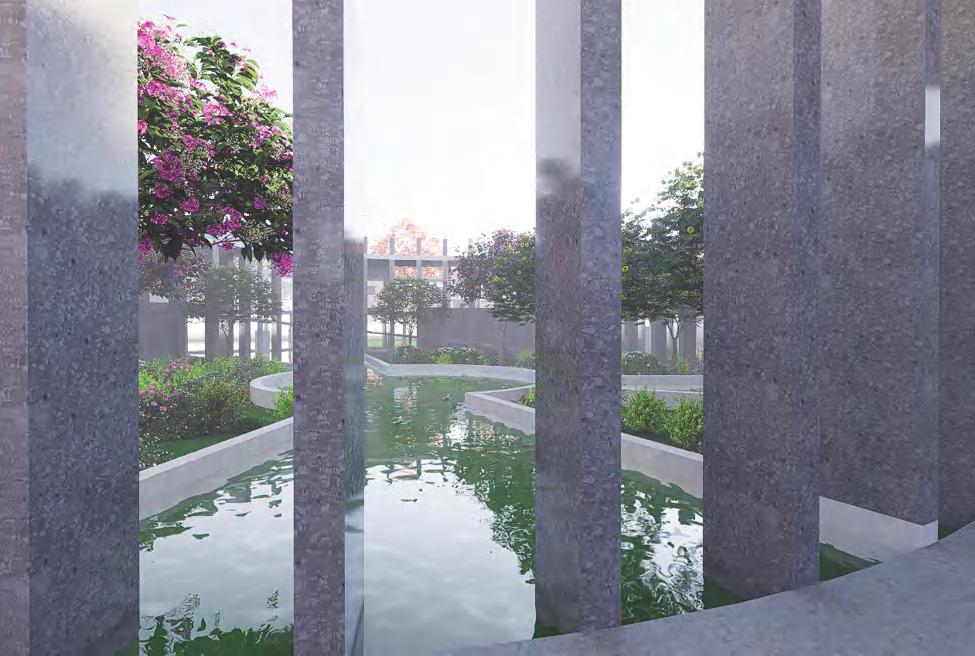


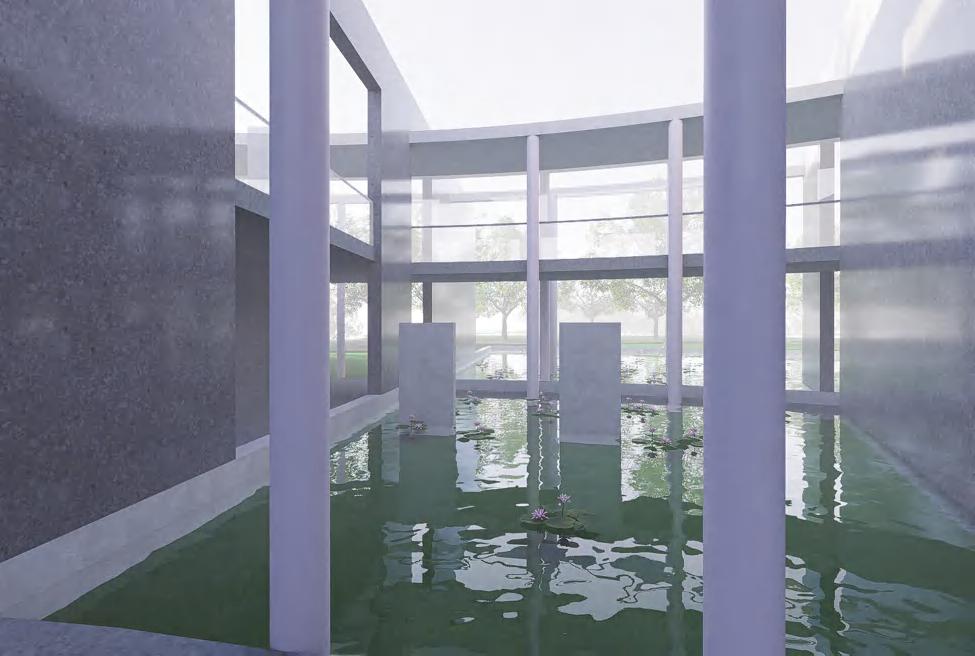
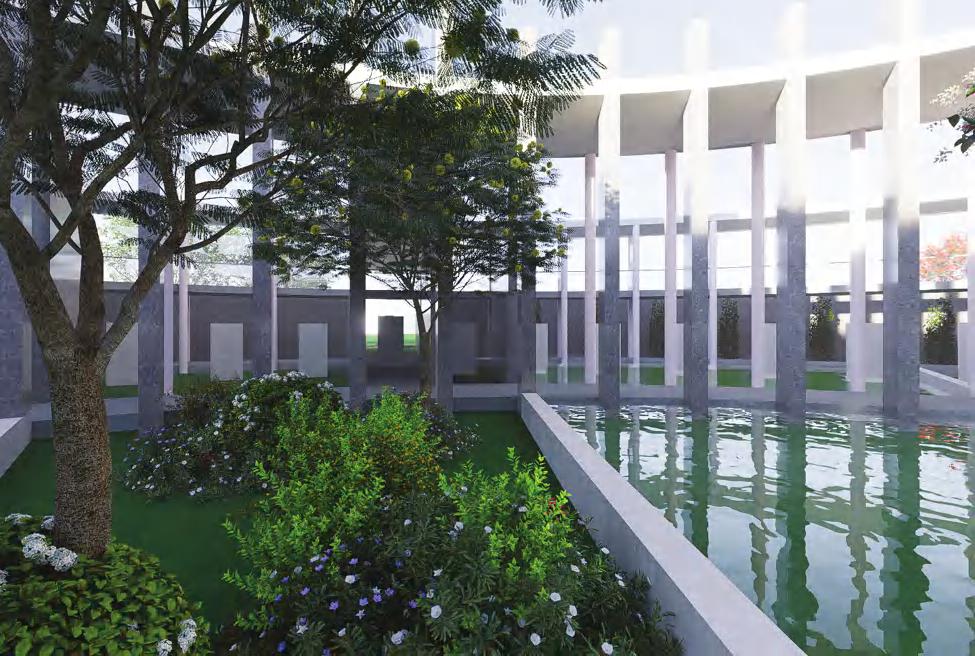

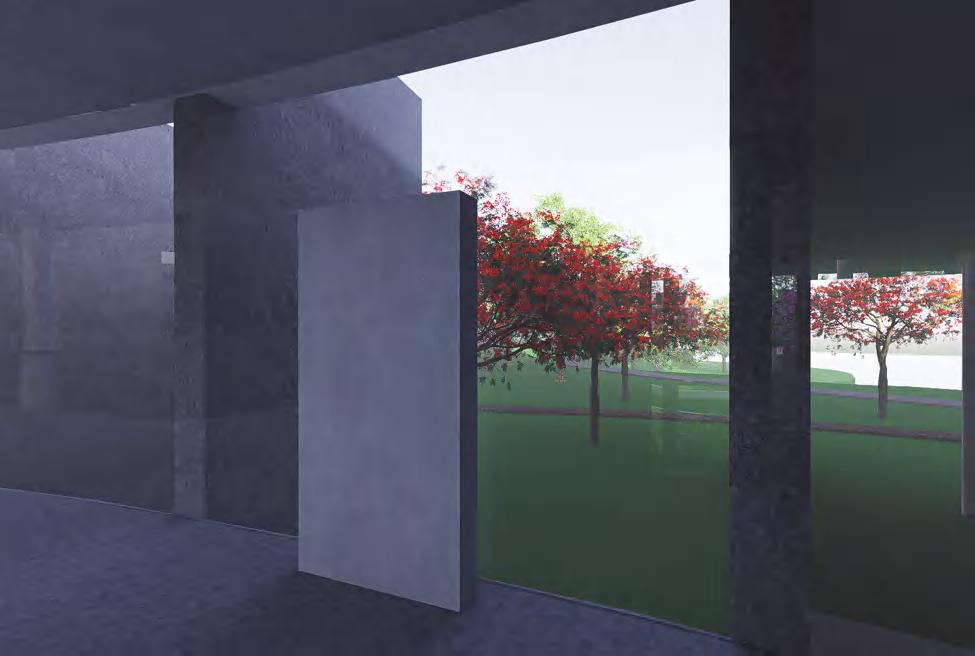




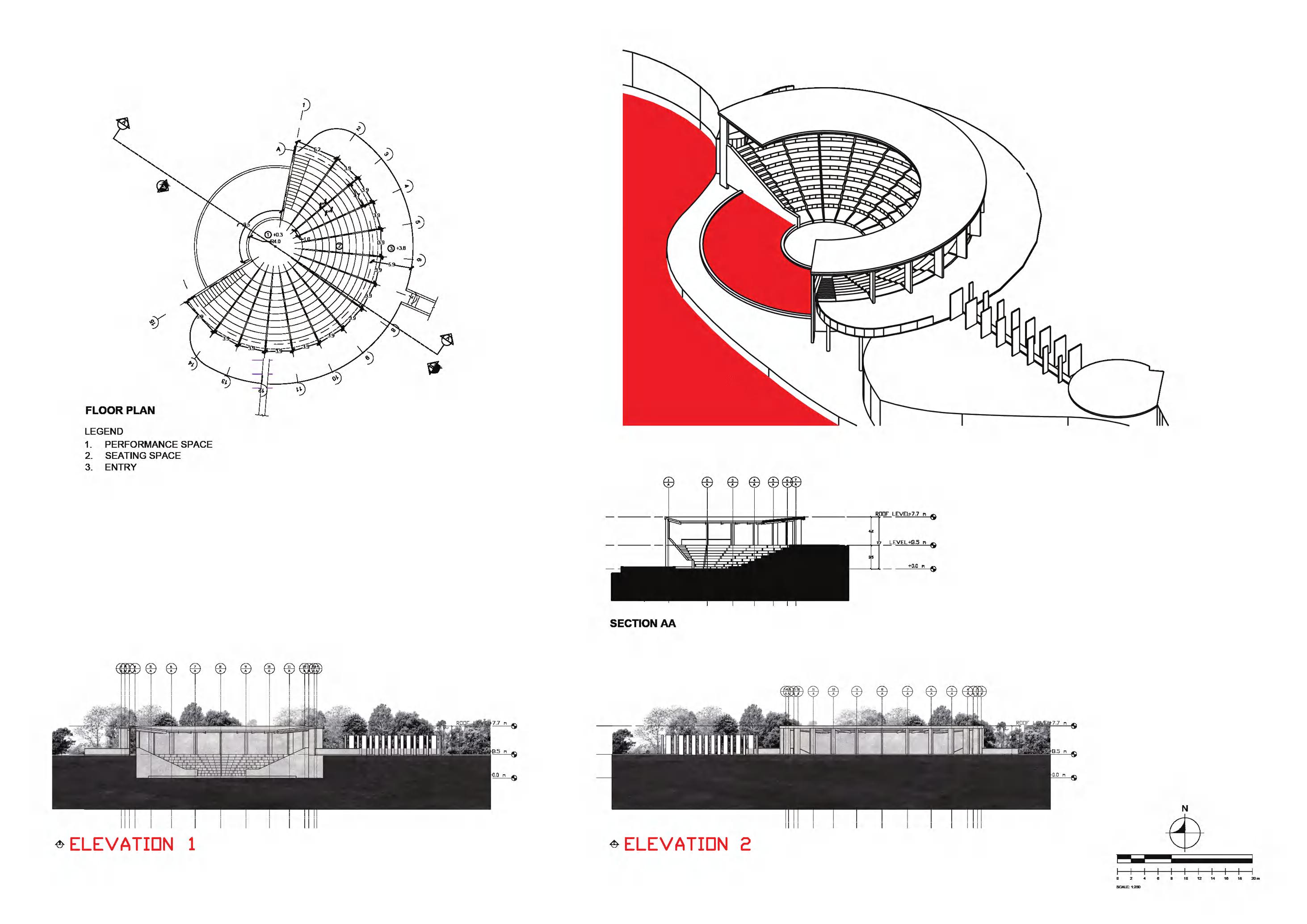


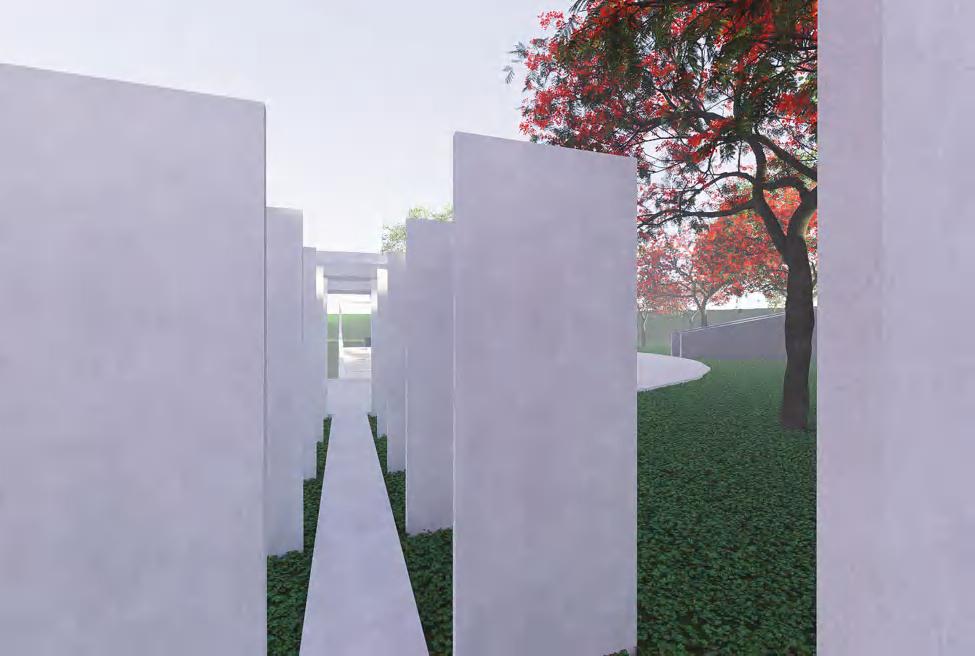


Letter 24, 25, 26, 27
INTERACT WITH WATER





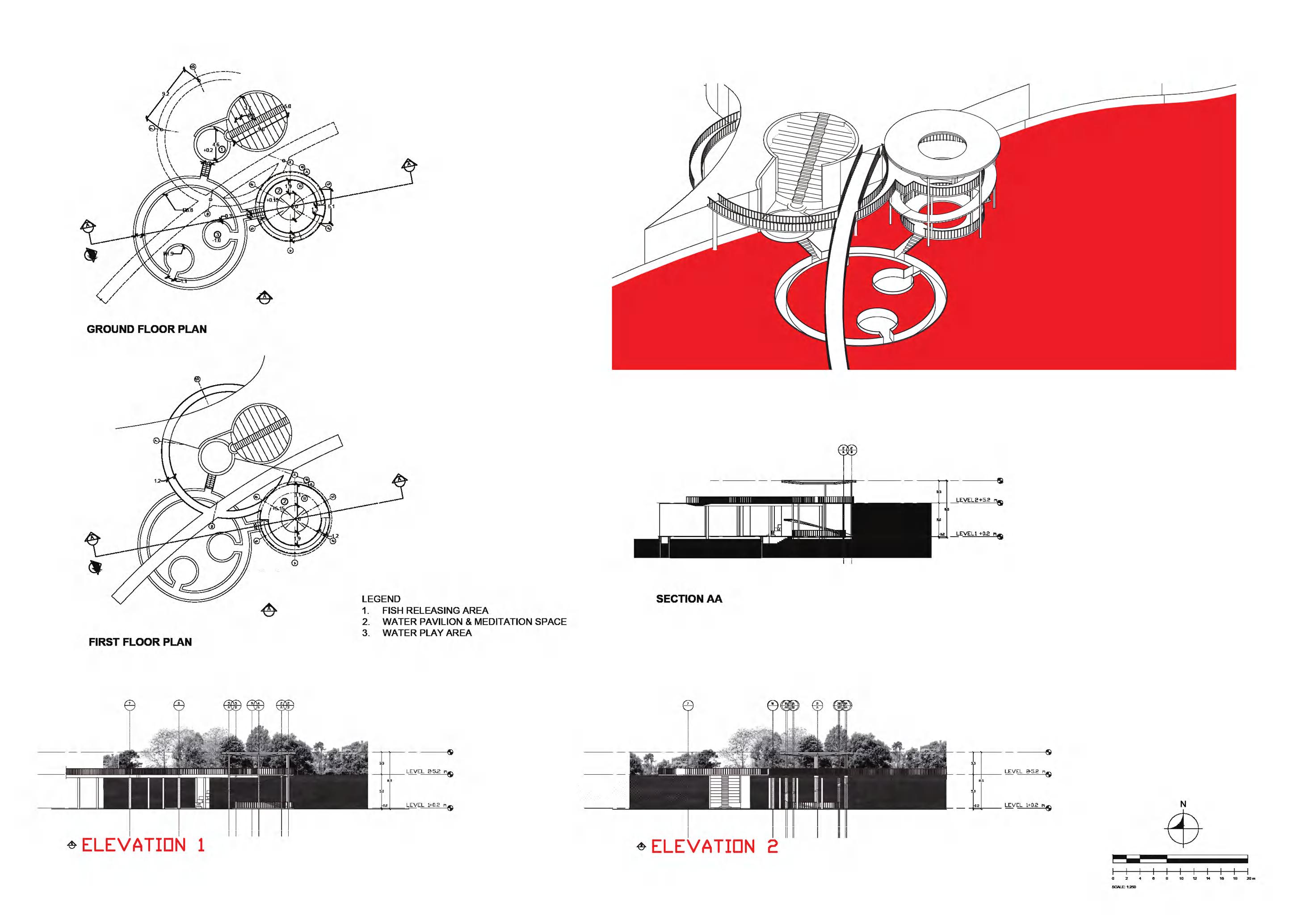










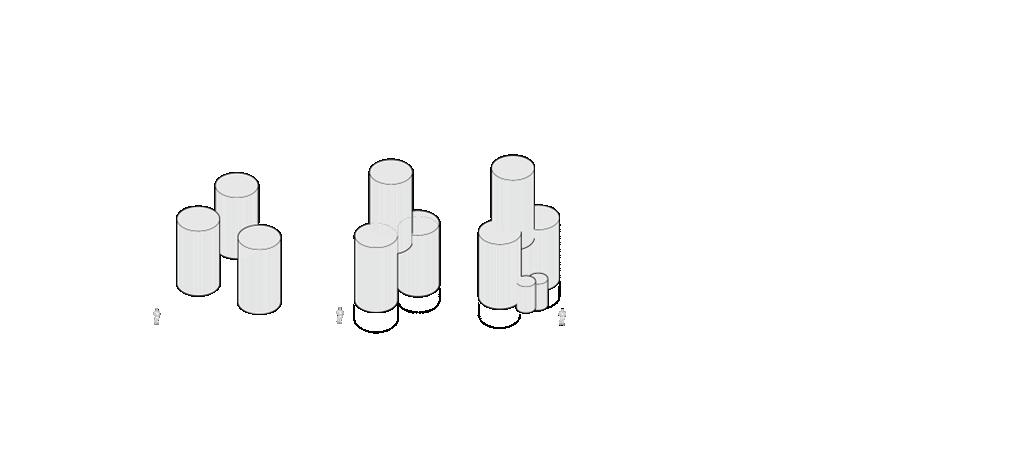





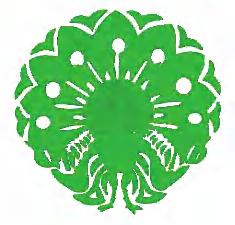
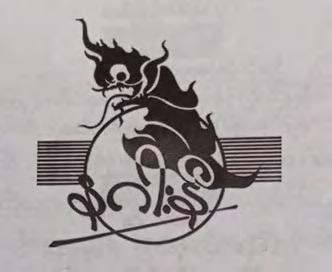

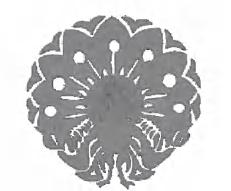






Letter 29, 35, 40 Rain Thoughts Mystery Weekend











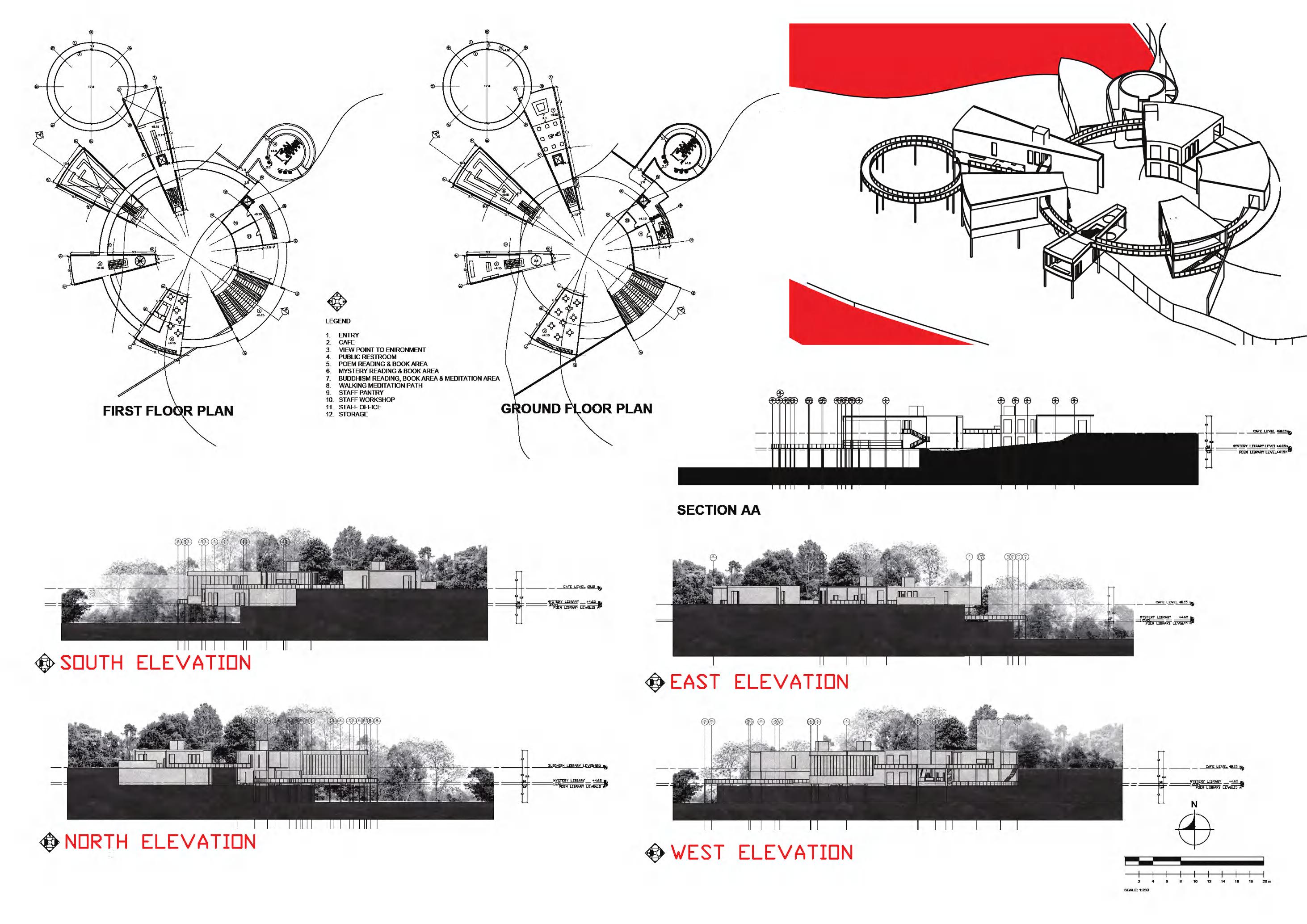

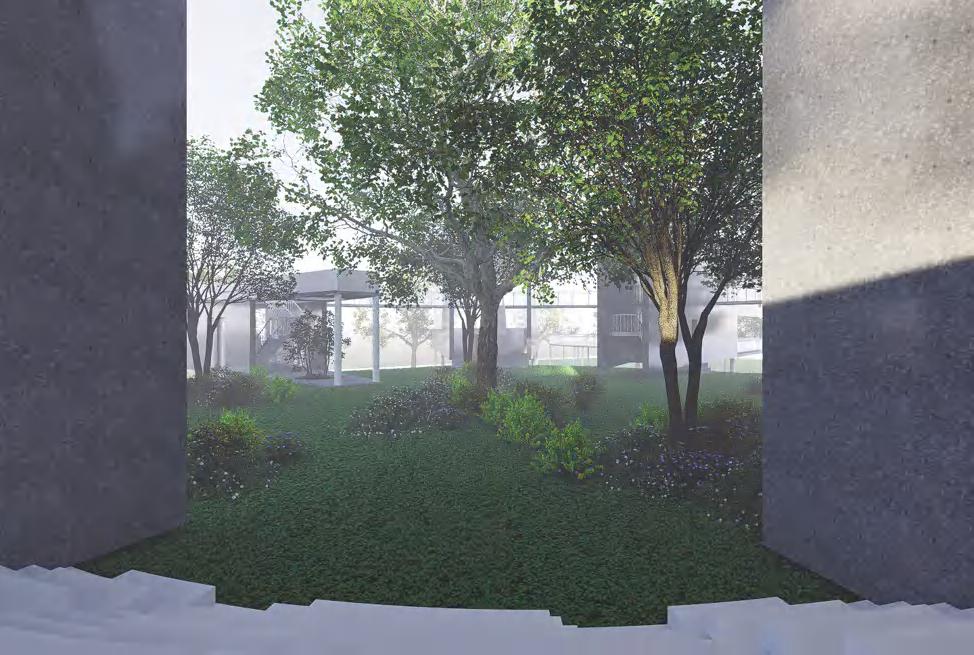


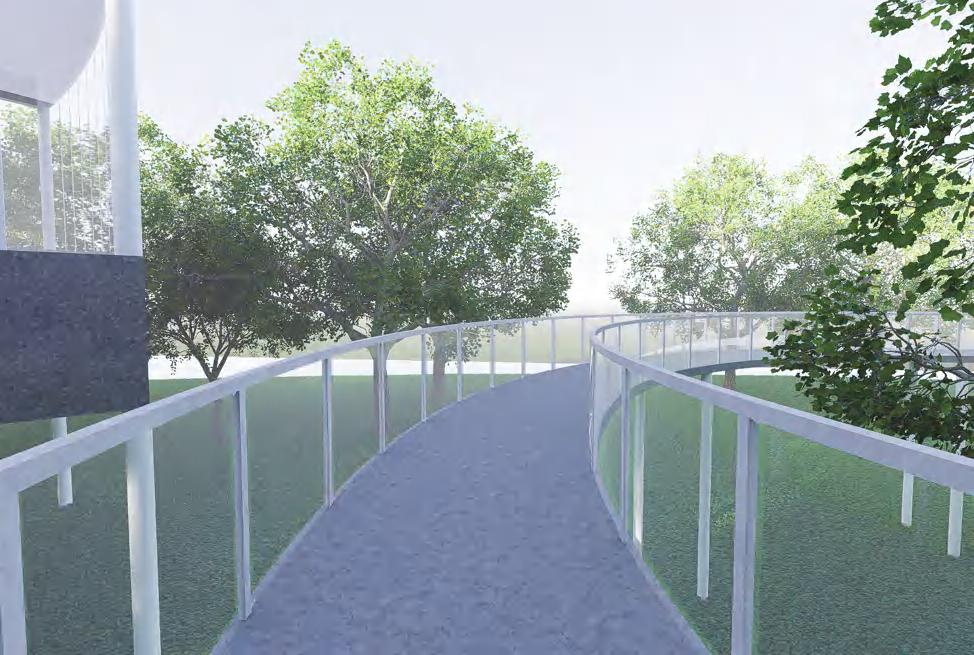
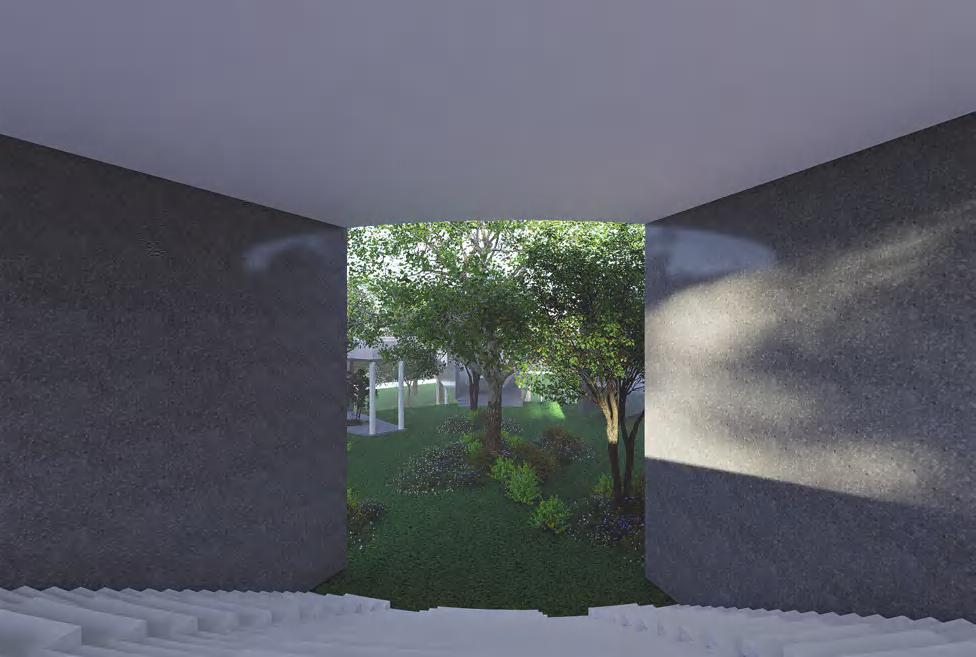

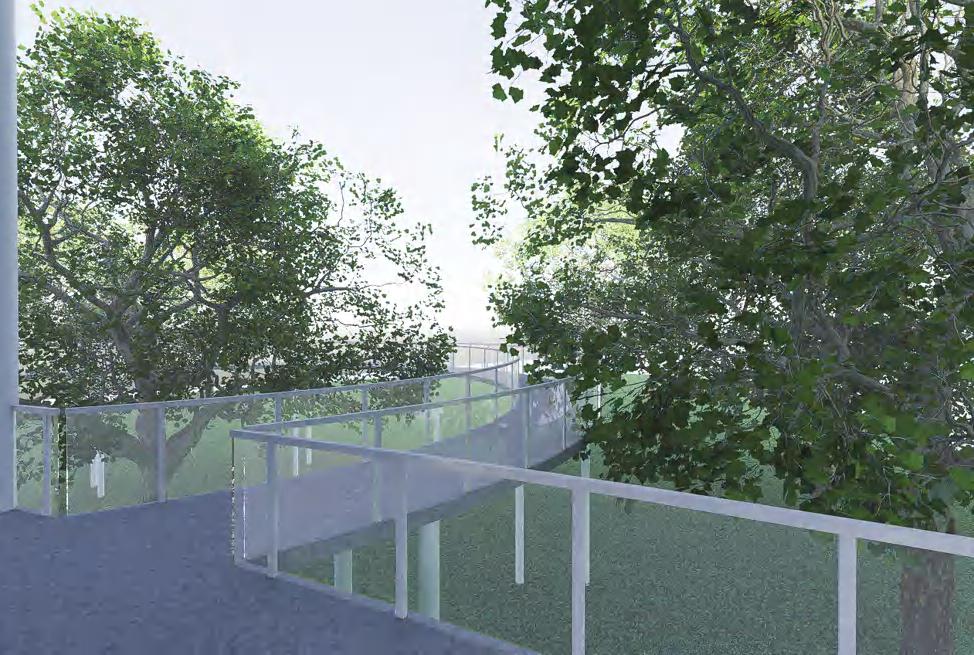
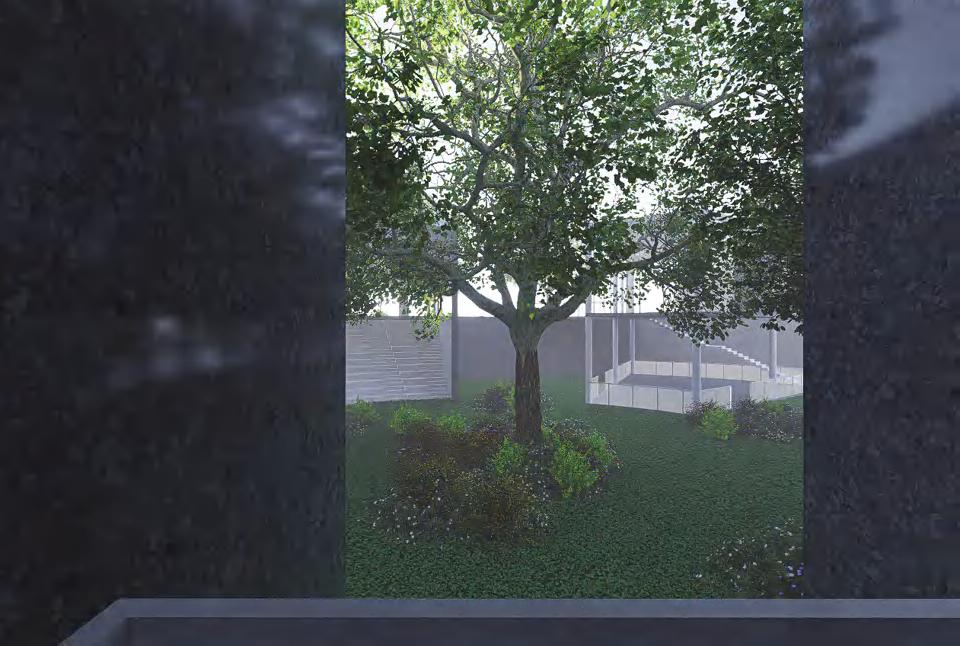
Letter 6, 12, 18, 19, 20 Young Birds Outside Cages Months and Seasons
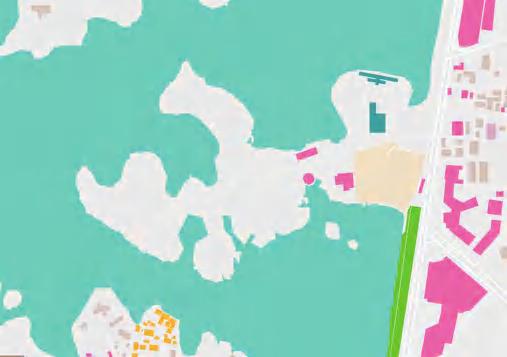
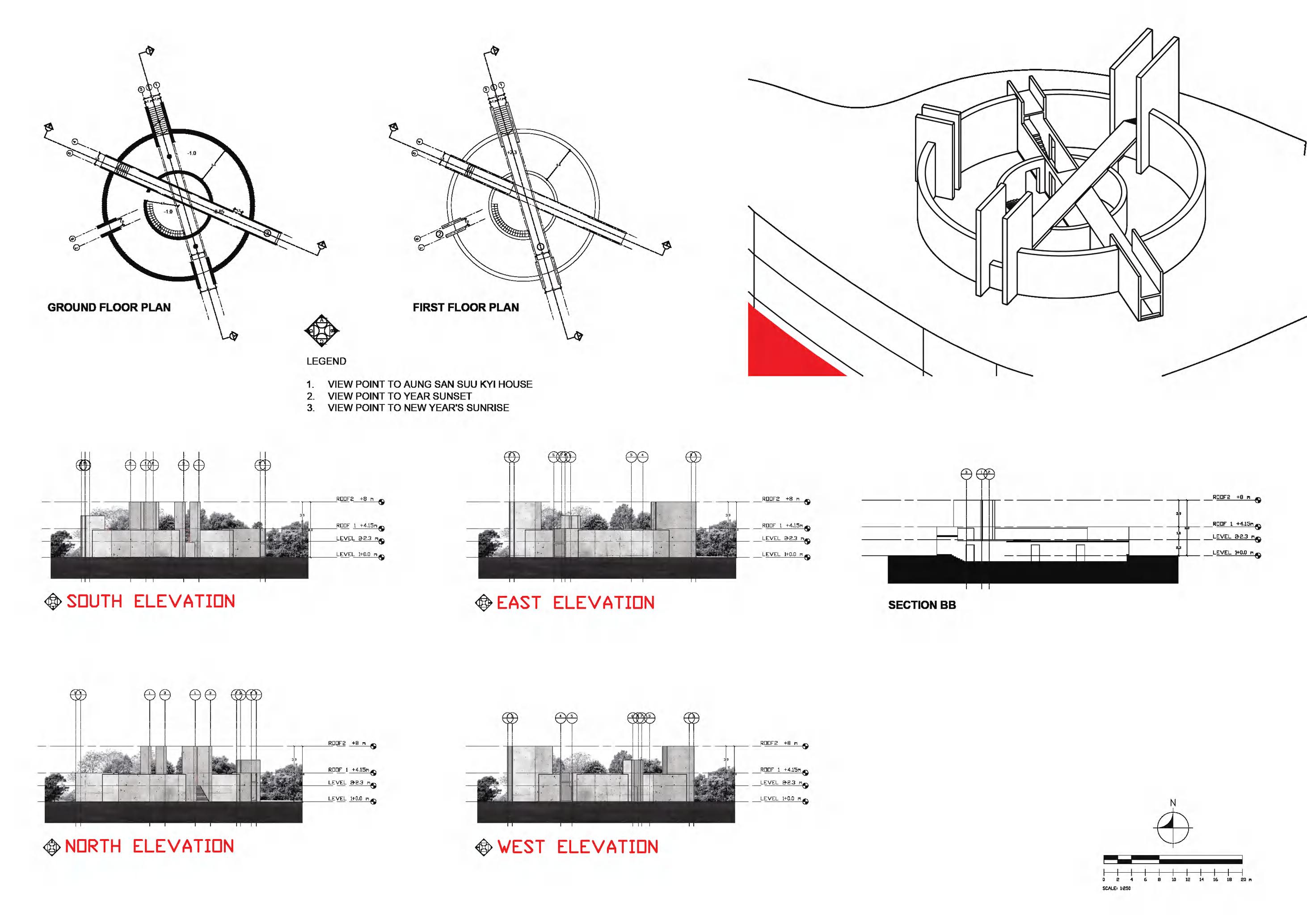
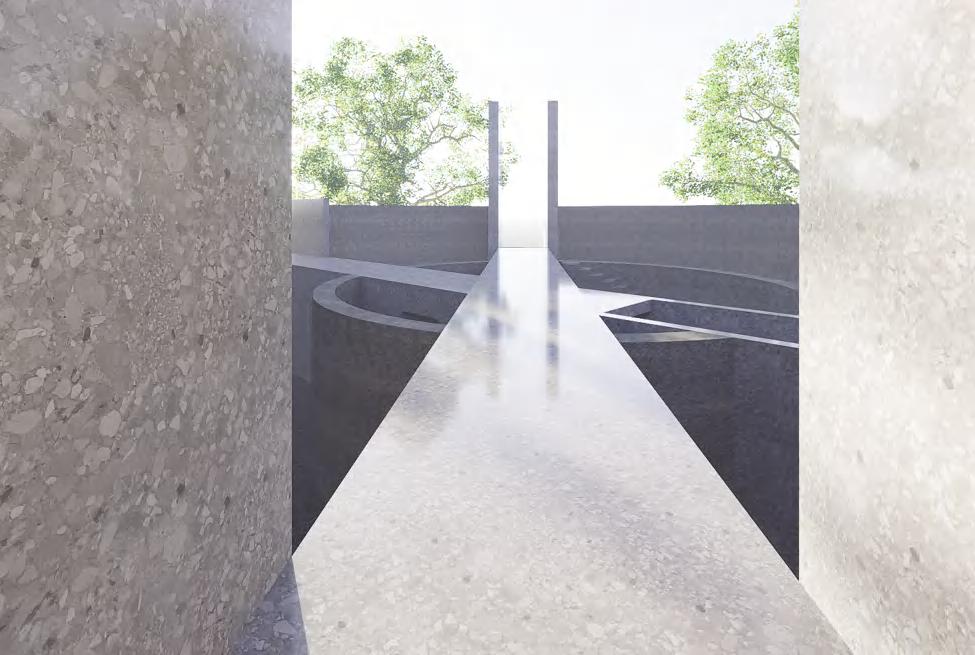


Letter 1, 29, 51 Rain Thoughts
Maintaining Human Dignity in Darkness





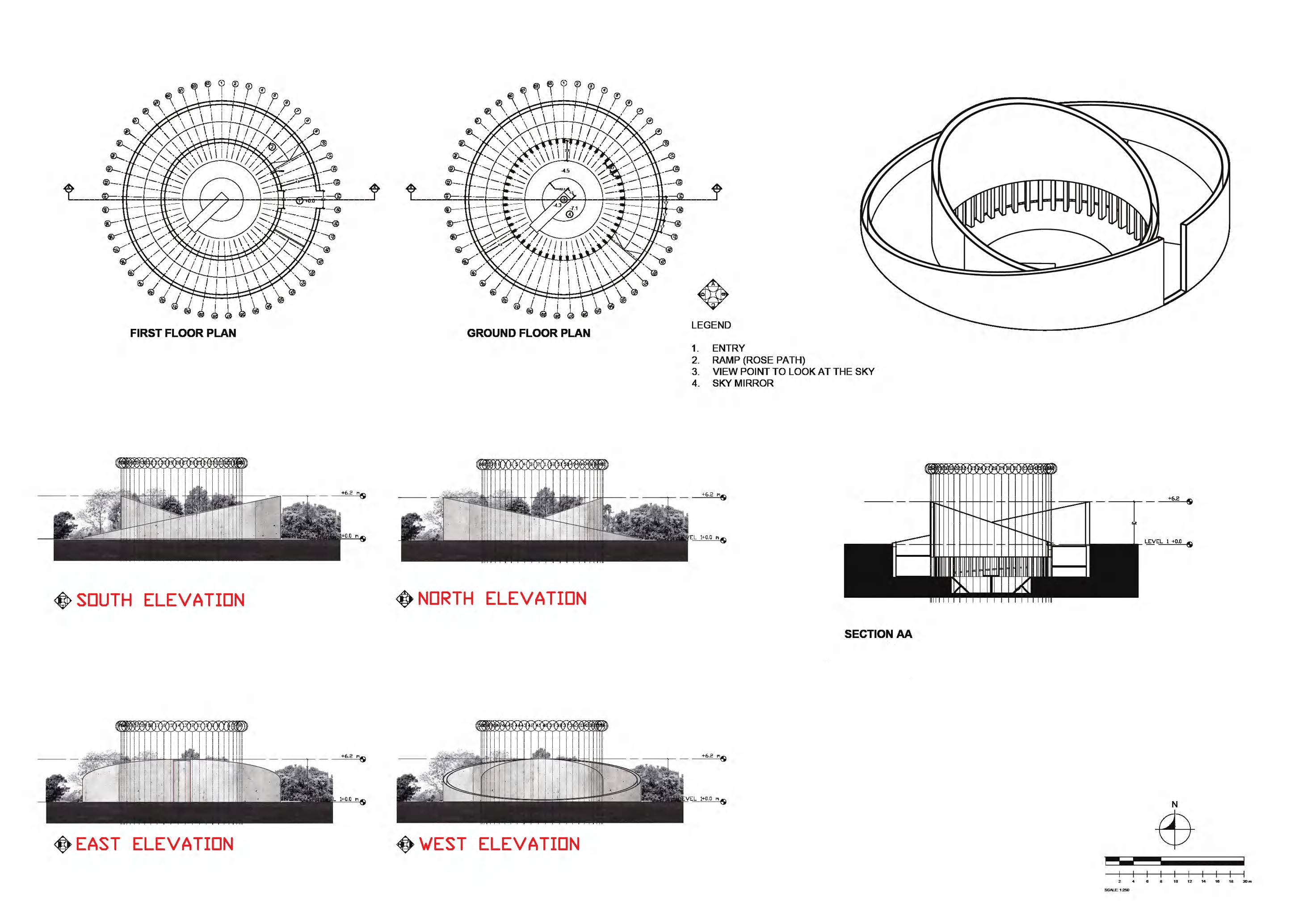

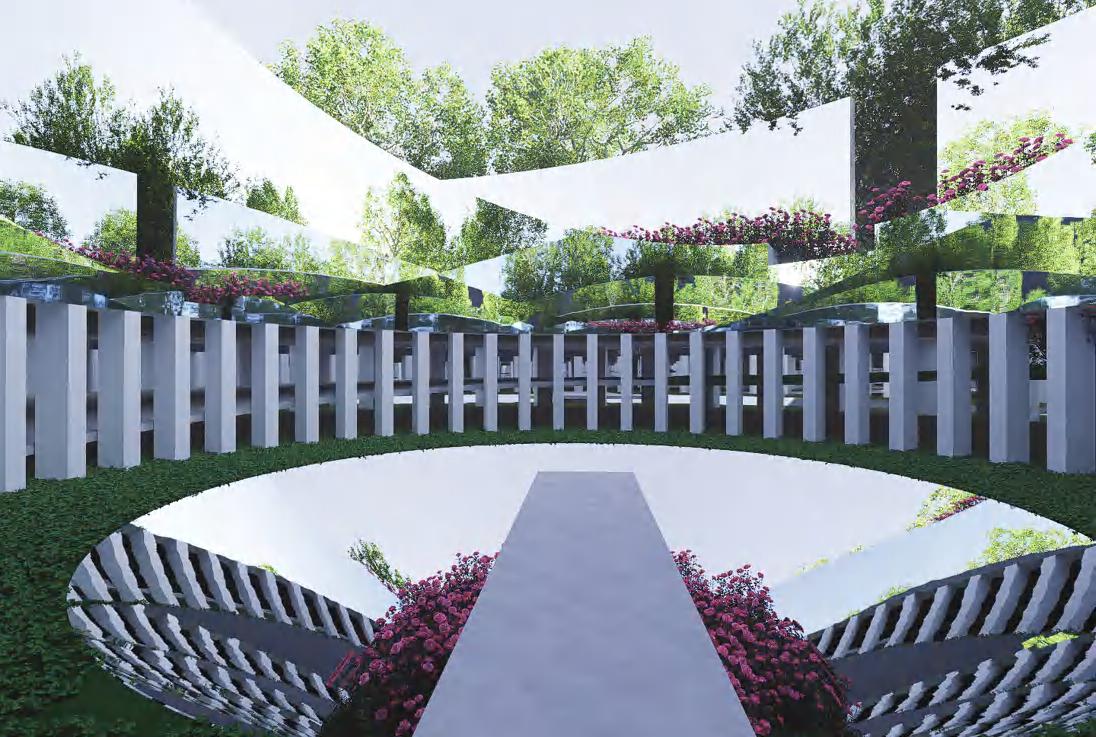
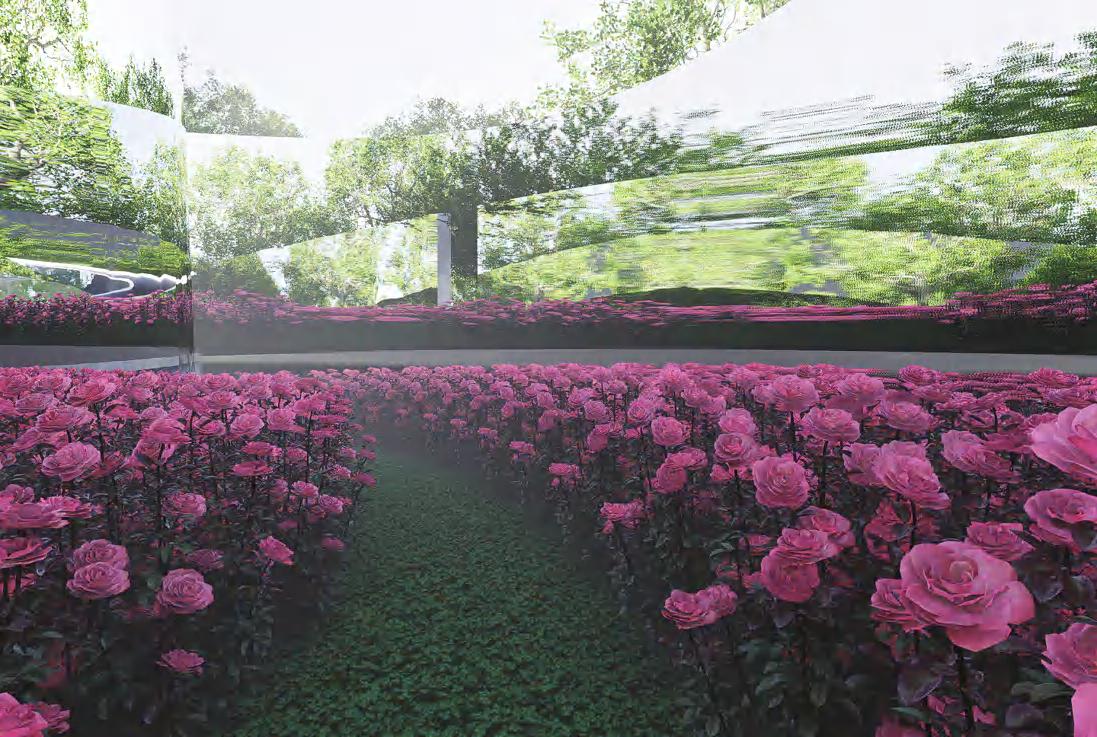
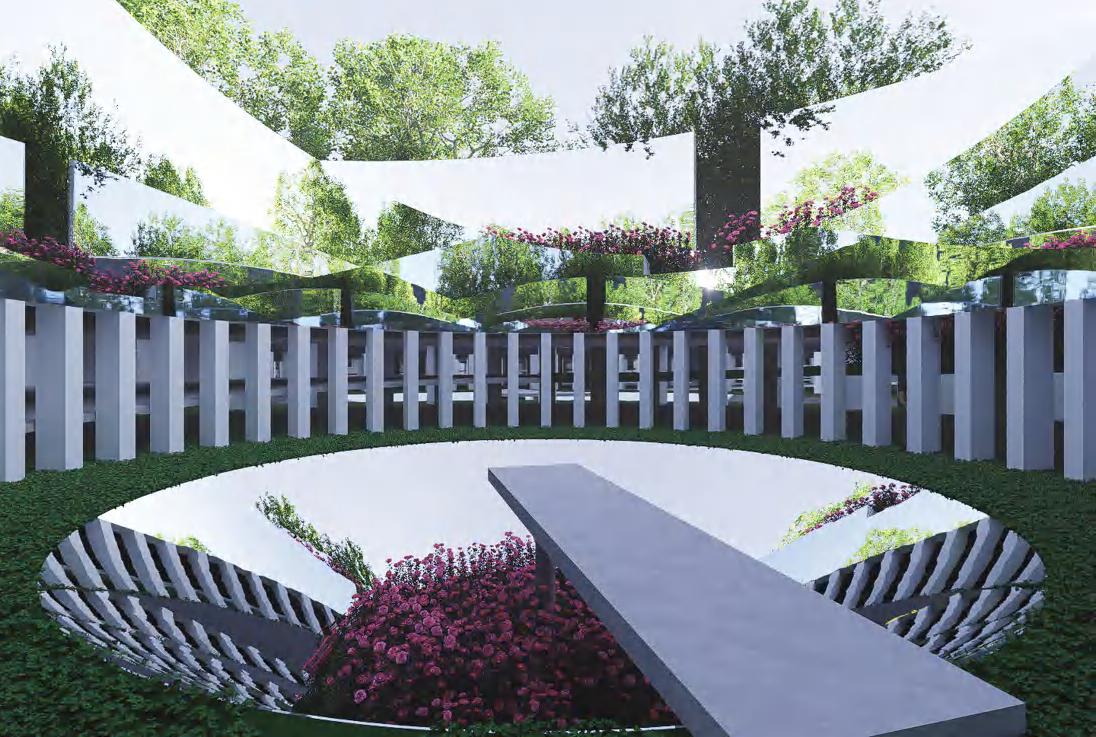
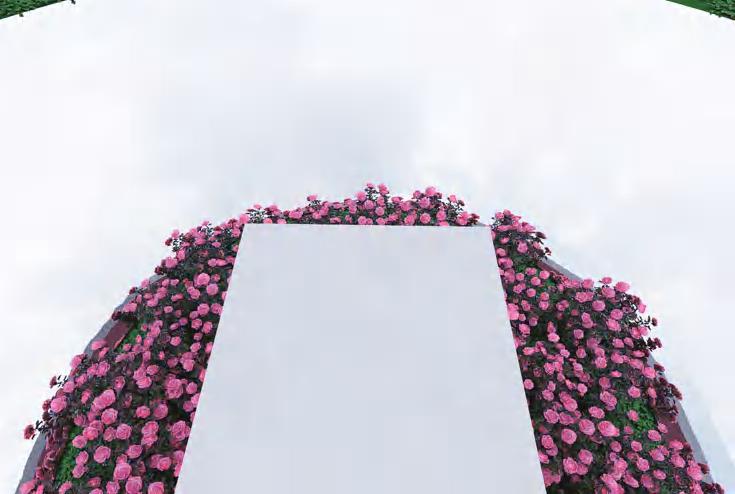






















Letters’ Path
Axis Path
Loop (Jogging Track)
Letter 24,25,26,27: Water Festival
Letter 10,16: The Great Independence Day, Union Day
Letter 52: Year End
Letter 1: The Road to Thamanya
Letter 5: Students & Politics
Letter 1,29,51: Maintaining Human Dignity in the Darkness, Rain Thoughts
Letter 47: Continuum
Letter 6,12,18,19,20: Young Birds Outside Cages, For those behind Walls, Seasons go Unchanged
Letter 29: Rain Thoughts
Letter 29,35,40: Mystery Weekend, Faith eases the Mind





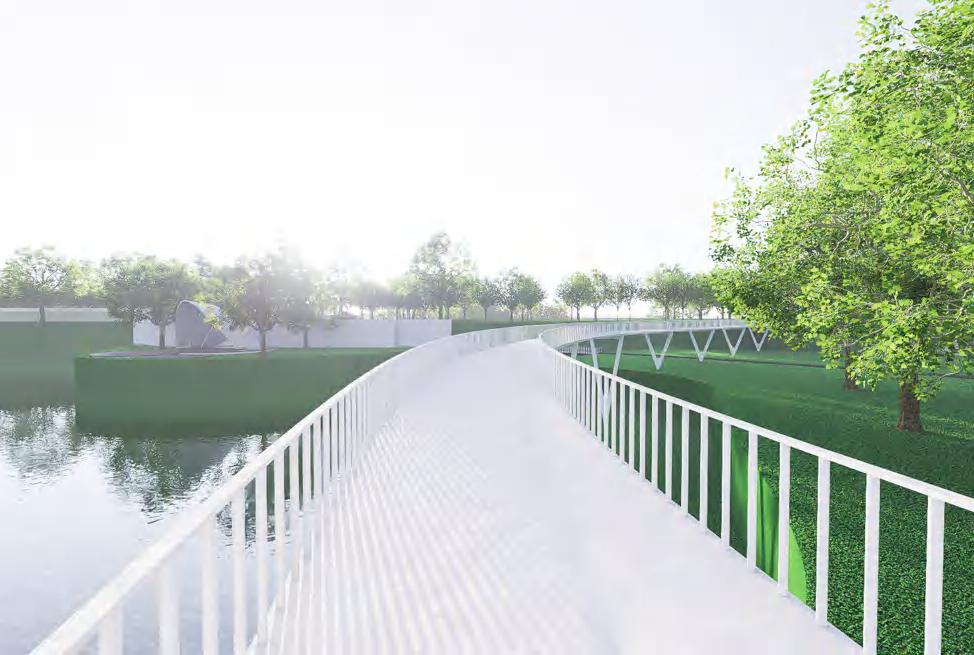




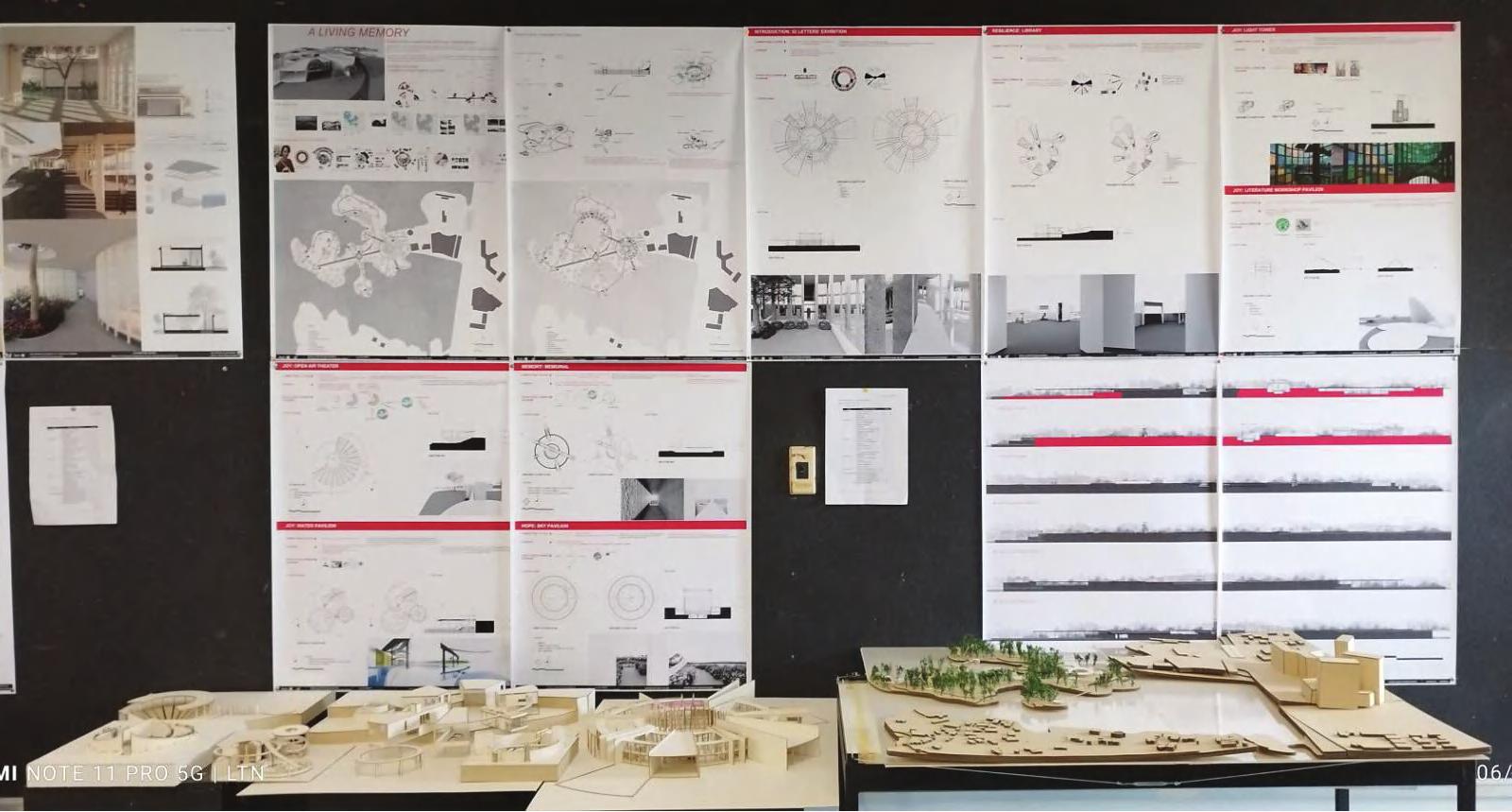
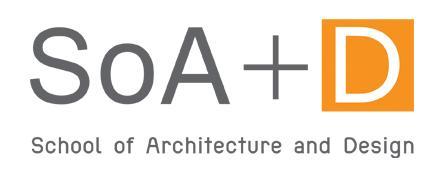
49 Soi Thian Thalae 25 Bang Khun Thain-Chaitalae Rd Takham, Bang Khun Thian Bangkok Thailand 10150
T: +66 (0) 2470 7888
F: +66 (0) 2452 3792
E: arc.off@kmutt.ac.th
W: www.arch.kmutt.ac.th
Date:
To: Chair of Architecture Program
I write to confirm my proofreading and editing of an architectural thesis authored by ……Linthada Tun…... Student ID Number ……65120500034……. The thesis book is to be submitted to School of Architecture and Design, King Mongkut’s University of Technology Thonburi in 2024 - 2025 academic year.
I hereby certify that the quality of language expressed in this thesis conforms to a standard use of academic English. If any statement contained in this certification is untrue, the school shall have the right to revoke the degree awarded to the author of the thesis.
Sincerely Yours, (…………………………………)

